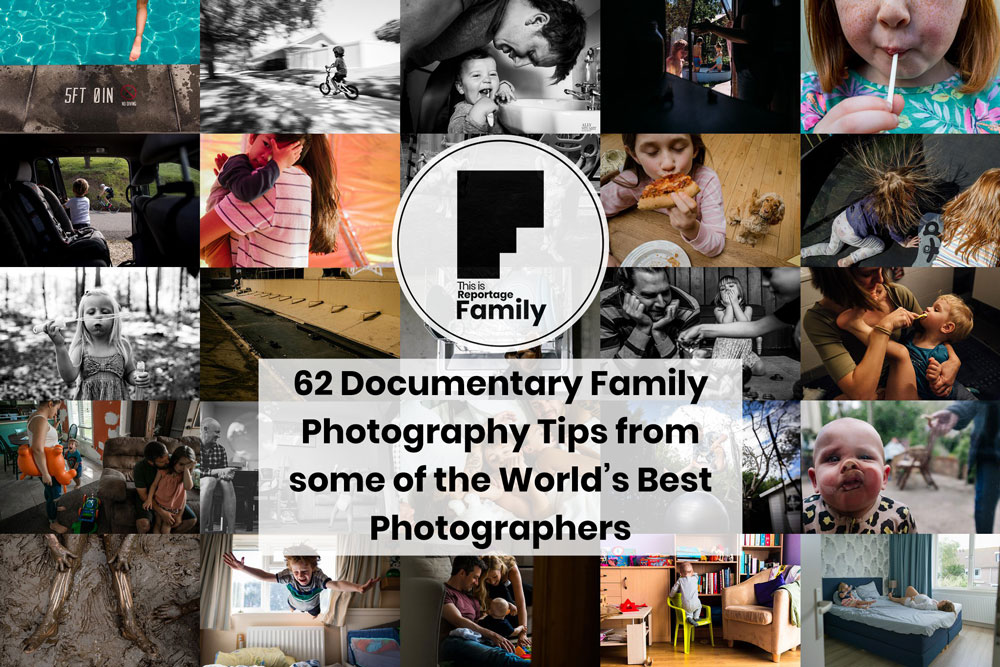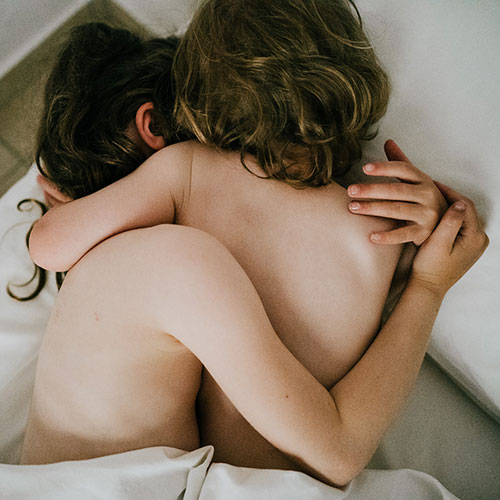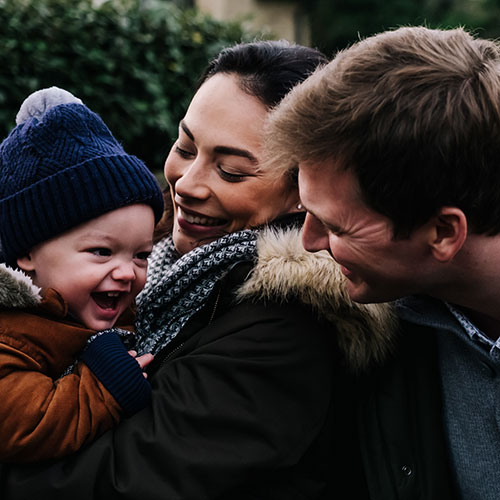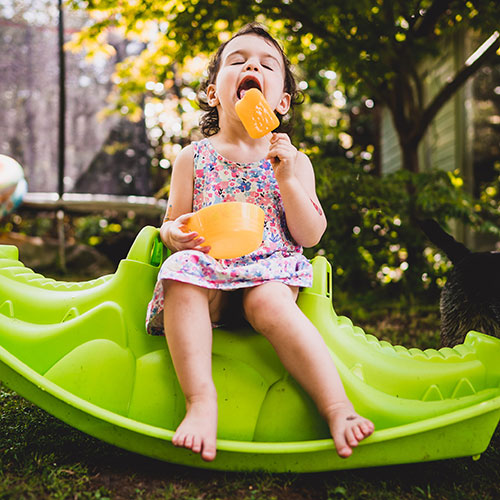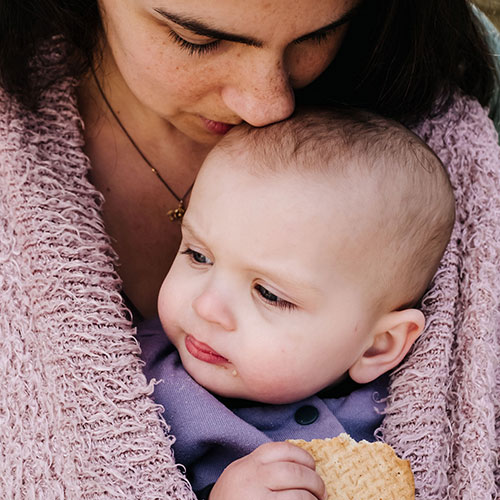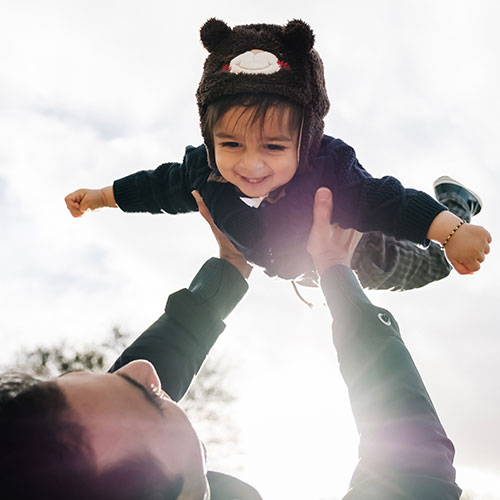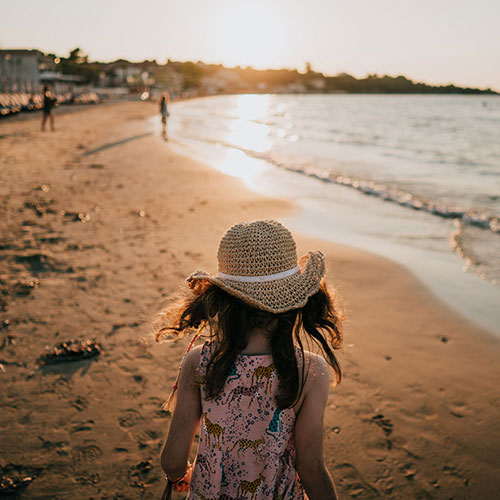62 Documentary Family Photography Tips from some of the World’s Best Photographers
We asked our members to share their top documentary family photography tips, and what follows is over 60 brilliant bits of tips and advice to make you a better documentary family photographer – with photographers contributing from all over the world.
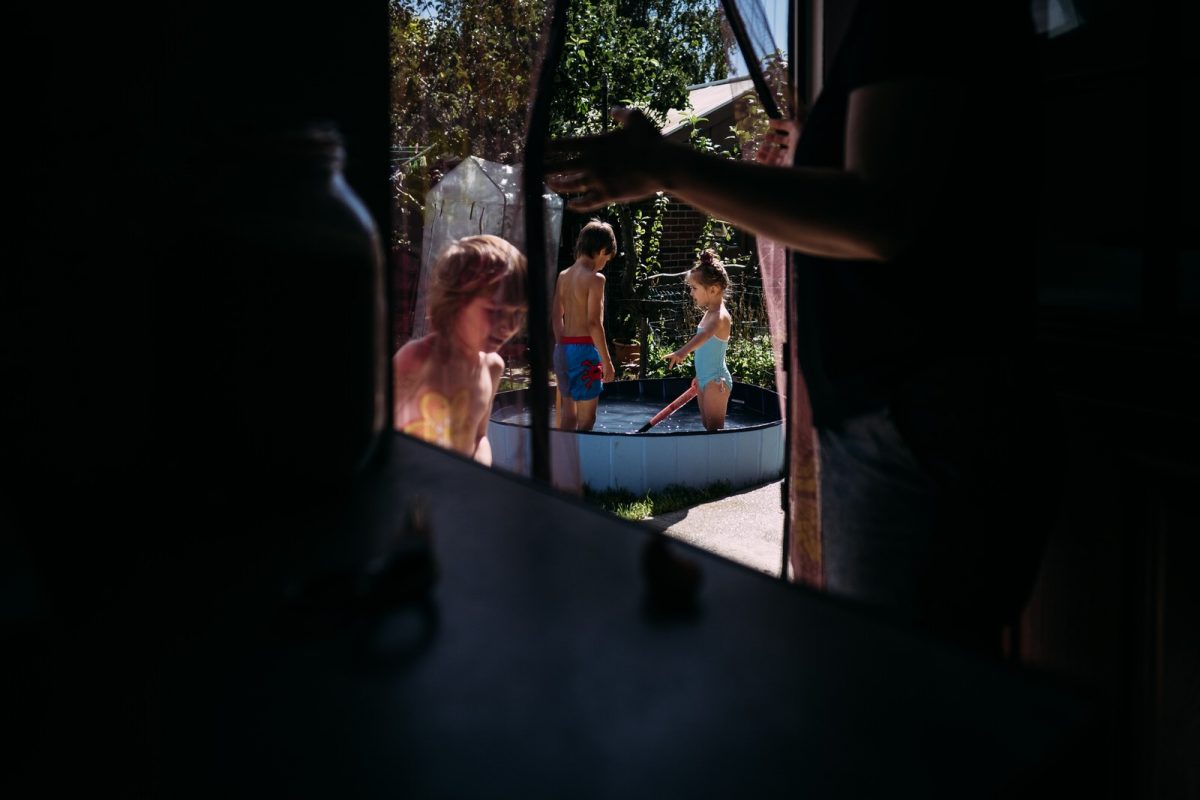
Emily Renier (UK) – Website / This is Reportage: Family Profile
“Street photography and vulnerability sharing: my top tip combined.
Now I am going to put my hands up straight away… I have a mere 18 months behind me as a documentary photographer so I ain’t going to teach you guys how to suck eggs… but I guess the last 18 months and specifically the very last 4 weeks have kinda been some sort of epiphany for me.
It is indeed hard to define a single top tip. I could go on about vulnerability sharing. Brené Brown basically gave me an exit strategy out of a monumental breakdown I was going through only back in 2017. She taught me how the path to authenticity and sharing our weaknesses can not only give us strength but truly liberate us from the torments of “comparison syndrome”. And I guess, if there was a fundamental tip to documentary photography it is to first be totally ok to share your own vulnerability, your own warts and wall… cos if you don’t, how can you possibly ask that of your clients or subjects? So yes sharing my vulnerability, accepting I am totally imperfect, and not just accepting but embracing this has definitely played a role in improving my skills as a documentary photographer.
However, the last four weeks (or last 25 years depending on how we look at it) more specifically have indeed totally enlightened me. And again, the following to many of you will be totally obvious, so I apologise in advance for my school-girl enthusiasm!
I started my photographic “career” or (obsession more like!) with travel and street photography years ago. Totally captivated by human behaviours, I’d set out to London and particularly its underground to capture us at our best and our worst. For various reasons, I gave it up for a year or so and turned my eye to family docu work only to discover it again late July this year. And I think what happened was lockdown. Lockdown made me spend my money (that I didn’t have!) and my time (that I had lots of) on books, and a whole lot of them. I studied the likes of Alex Webb, Dawoud Bey, Mary Ellen Mark, Larry Fink, and more obviously Vivian Maier and the whole works of Henri Cartier-Bresson. Of course artists such as Sally Mann and Alain Laboile were always at the back of my mind, filling my head with aspirations of being able to capture the absolute rawness of family life.
But… I have to say, it is the street photographers that have given me a little kick up the back side and made me realise that in order to shoot documentary, I may need to further practice key elements first.
For me, what draws me to street photography is the fact that I have actually got a lot of time to construct an image once I have worked out the elements I need or want. Larry Fink is teaching me about filling your frame and layering, Alex Webb how to work with harsh light and celebrate colours, Elle Mark and Dawoud Bey how to embrace portraiture and Vivien Maier how to highlight the absurd and total randomness of human behaviour. For so long, I over-shot (well, what am talking about, I still do! Way too much!)… I overshoot because I don’t always know how to find a frame, compose and wait. And I have been thinking, very wrongly as it turns out, that candid and documentary shooting needed to be totally impulsive. But actually, shooting street is teaching me how to (try to) gather all these different elements and perhaps look for an opportunity and wait for it to happen.
So in the last four weeks, I have been heading to a city (mainly London) to work on all the above, with my Fuji x100f, a 23 mm fixed mirrorless. And it has made such a huge difference just in the last two client shoots that I have done in the last two weeks…
Now the only caveat that I would add… is that I am also very aware that I can produce images that I like, or that a photographer might like… but I guess I have to remember I am still shooting for a paying client and there may be a whole lot of difference between what a photographer may like and what a client may like… and I haven’t quite worked that one out yet… I have a feeling that my passion for street/candid/reportage/documentary will push me in an inevitable niche and I may therefore need to build a specific client base and that may well take me time… again… a lot of stuff for me to work out and learn about. I am sure I will make lots of mistakes on the way, no doubt.
But until then, I will keep shooting street, and keep reading books, and the likes of Fink and Webb will keep filling my little Belgian brain with photographic wander and awe.
And if any of you out there fancy a photowalk around the streets of London, I’d love you to join me. Coffee, cameras, photo chats and vulnerability sharing… what’s not to like, huh?” – Emily
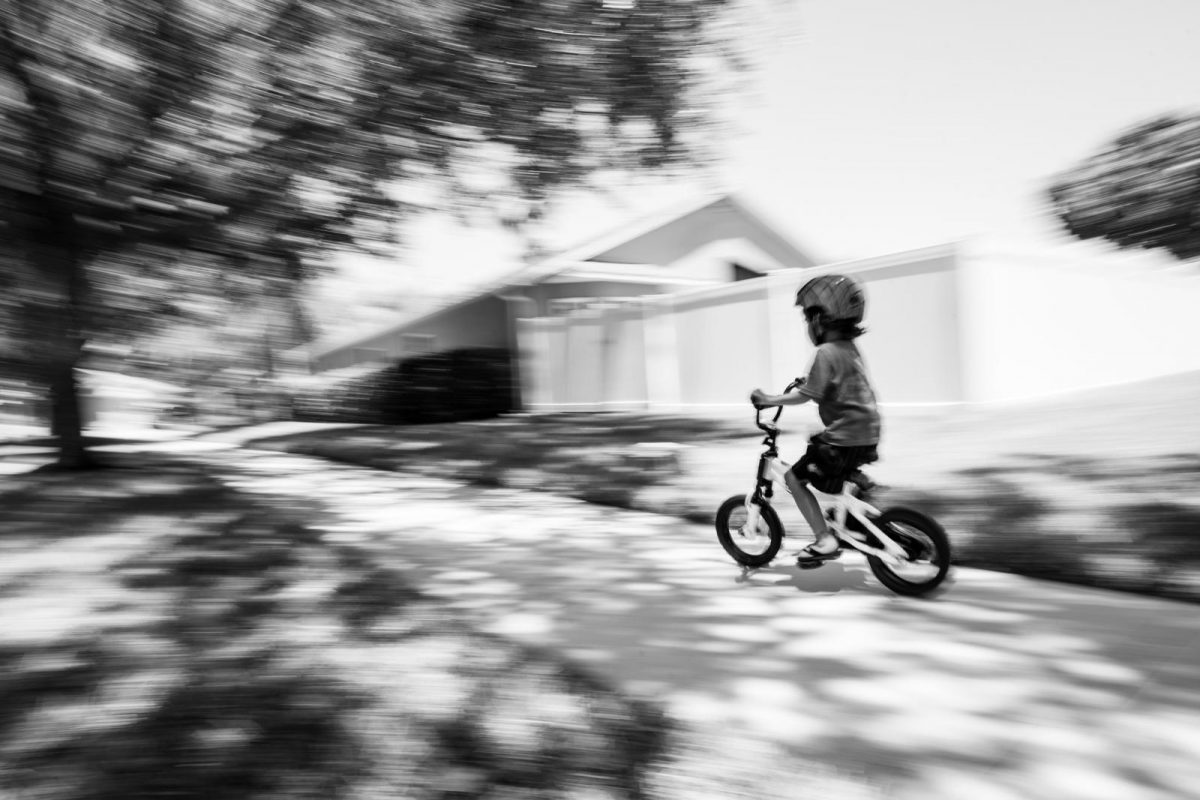 Stephana Ferrell (United States) – Website / TiRF
Stephana Ferrell (United States) – Website / TiRF
“1. As you prepare to make an image ask yourself what you find most interesting about what is happening and what MUST be in the frame to convey that to the viewer.
2. If you start to feel like you have captured everything you can possibly capture about a moment or scene, give yourself a creative assignment. Make 10 images of 10 different subject matter without moving your feet. Pick one detail and photograph it five different ways.
3. Prior to capturing a family, learn a bit about how your clients see their lives and what they treasure right now. I don’t keep this at the forefront of my mind while capturing them, but if I find myself looking for something else to capture after making the images I’m drawn to, I make sure I have these things covered.” – Stephana
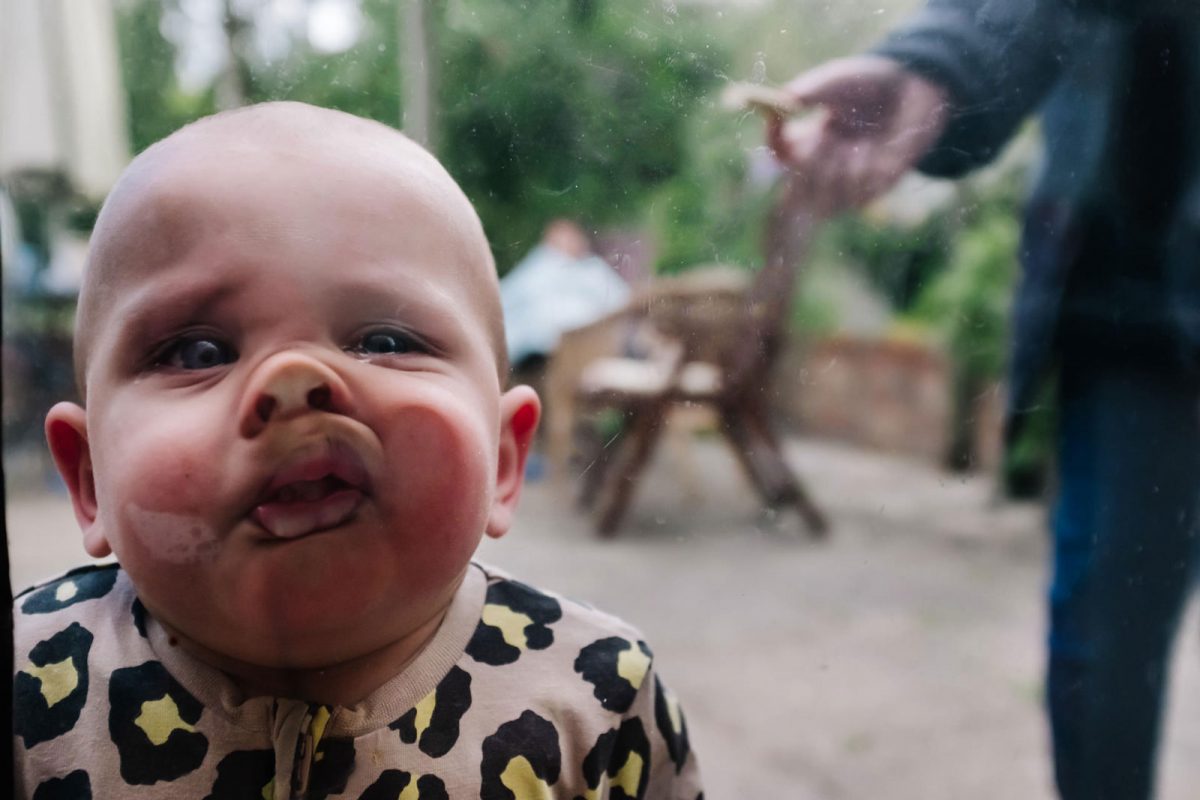
Kristian Leven (UK) – Website / TiRF
“Embrace imperfection! Documentary family photography is all capturing real life and genuine moments, which means that not everything will go to plan. The kids might play up and have a tantrum, but that’s ok! That’s what family life involves, and it helps to remember the funny side to these kinds of moments.” – Kristian
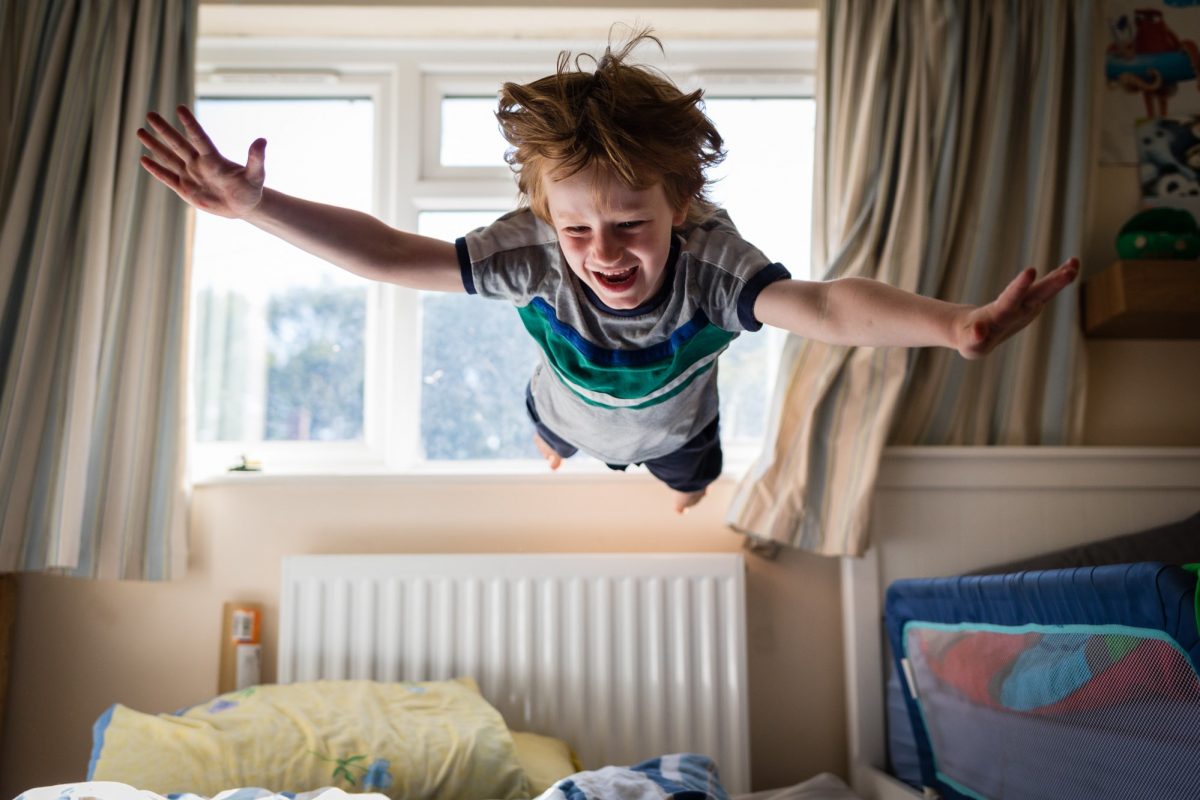
Alice Chapman (UK) – Website / TiRF
“I think trust is central to successful documentary family photography.
Firstly, your client needs to trust you enough to let go and be themselves. Client preparation is key. Don’t expect them to know the rules of different photography genres so spell out what to expect. Being directed can feel reassuring so documentary can be an intimidating prospect. Hold their hand through the process and give them confidence to just do their thing. In a longer session take the time to have a cup of tea and a chat.
Secondly, trust the approach and trust your eye. Until it’s second nature, think of the documentary approach as a leap of faith that nothing is better than real life. Trust that moments will happen and that you’ll see them. It’s only when we step back and genuinely observe that we’re truly documenting real family life. In a longer session think about how many frames per second you could shoot compared to how many shots you want to deliver and pace yourself. If you have the time then *slow down* and think and enjoy shooting moments that you’ve waited for rather than just reacted to. Find your frame, anticipate and trust that family life will unfold right in front of you.
Finally, take waterproof trousers and spare socks – anything could happen!” – Alice
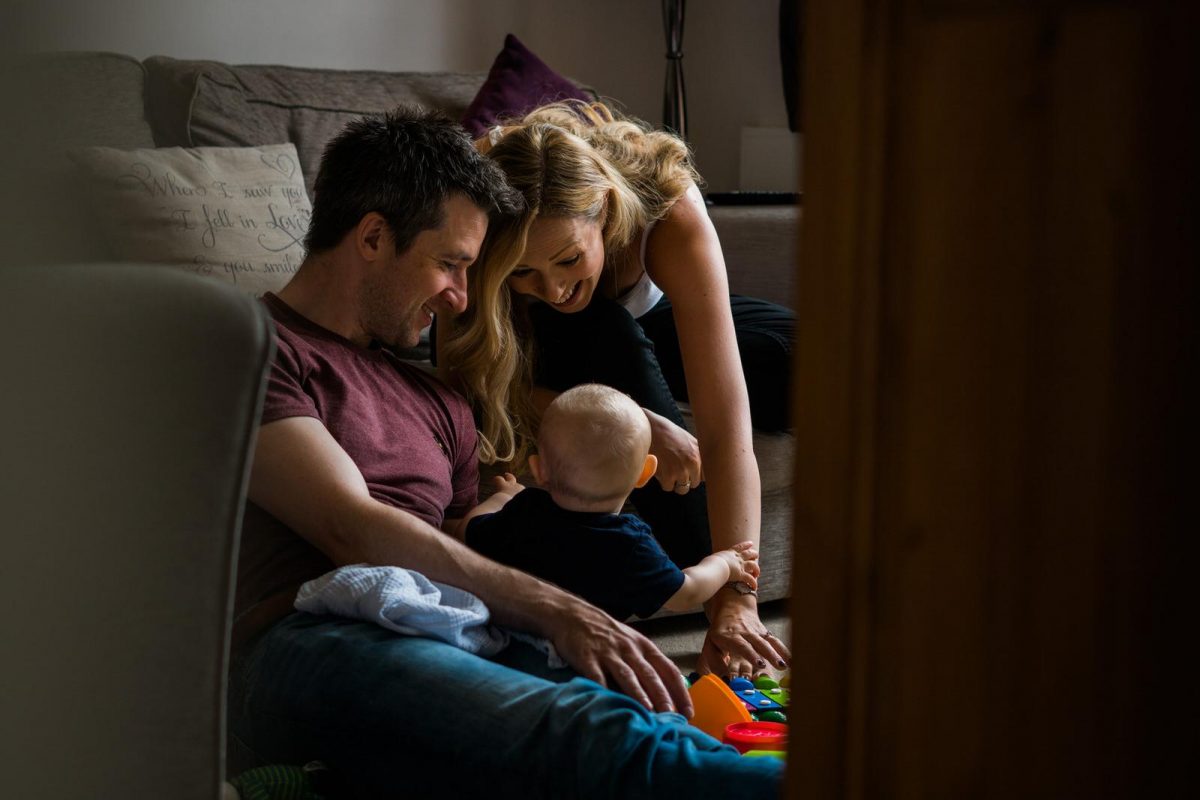
Charlene McNabb (UK) – Website / TiRF
“Slow. Down.
Looking back over my galleries with someone more experienced than me made me realise I ‘panicked’ for the first part of the shoot and would capture EVERYTHING.
The moment I slow right down and observe and anticipate is when the magic happens.
Being able to pause. Be in the moment with them and not worry about getting the perfect shots for them allows you to see moments and connections between the family that you may miss.
I think it also gives you time to think about how to tell the story a little more too. Allowing you to think about how to help them see what wonderful parents they are despite the struggle. To see how much they adore their children and how much their children adore them.
So yep. Slow down :)” – Charlene
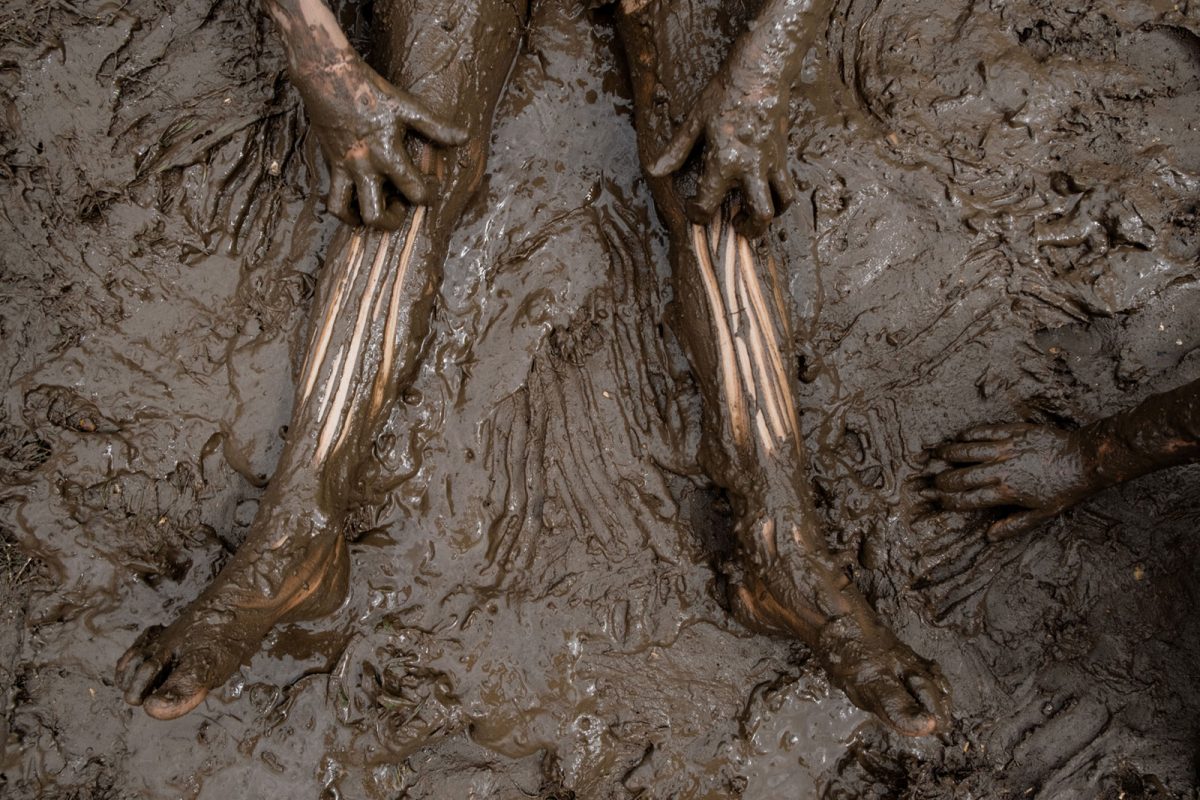
Raluca Chase (UK) – Website / TiRF
“1. Don’t try to be a fly on the wall – it’s creepy.
Most of you got into documentary photography because you wanted to photograph families just the way they are, without influencing their environment or their behaviour in any way. The truth is that your mere presence there already changes the environment so don’t try to make it go unnoticed. It won’t work, but it can make the atmosphere uncomfortable and strange. Interact with them, joke with them, get to know the kids, the pets, the toys if need be. Choose to become part of the family so they don’t feel like you are there to observe them. This way they will relax, allowing you to capture a more realistic image of their family.
2. Shoot for the parents
As a documentary photographer, you photograph families in order to tell their story, but you will always do it in a way that fits your brand vision, whatever that might be (showing the kids or the parents that they are enough, showing the hard work the parents are doing, etc). However, during every shoot make sure you pay attention to the cues you get from the parents too. If a mom tells you things like: my son never gives me as many hugs as he gives his dad or my daughter gives me kisses at the most random times, then keep your eyes open for those moments and be ready to make some of those images for her (I used the mom as an example since they tend to be behind the camera and never in front of it, but it could be any parent). Try to get the best image you can, but even if it’s not the kind of image that moves your soul it will move theirs.
3. Shoot for yourself too.
When on a shoot you can get wrapped up in the moment and you might feel like you always have to shoot so you don’t miss anything, but you really don’t. Make sure you take time to look for that amazing light that makes your soul sing, for that moment that trumps everything or for that composition that maybe only you will understand :). As a photographer you will need to find the right balance between shooting images that satisfy your creativity and shooting what the client craves to see. If the pressure is too much during a paid shoot, then find some friends and offer to photograph them. That freedom might be just what you need to refill your creativity jar.” – Raluca
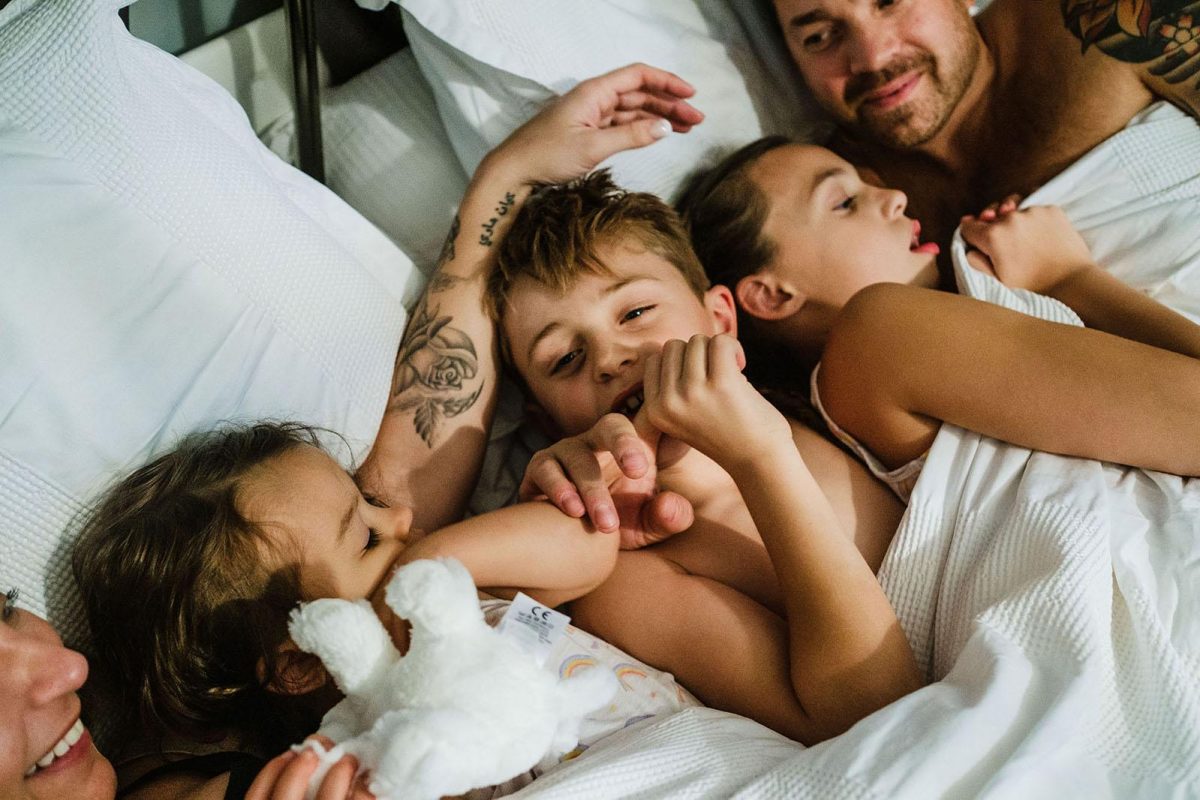
Anja Poehlmann (UK) – Website / TiRF
“When it comes to family photography, it’s easy to try and portray a perfect version of the people in front of our camera. However, when following a documentary approach, this is something we really need to let go of. We can’t control the light, the position of someone’s face, the clothing or props in an image. Documentary means no altering of a scene and to me, that’s the beauty of it because it can be challenging. The only factor we can control in documentary family photography is how we read and interpret a moment and capture it. Without controlling our environment, our task is to play with the light we have available, composition and framing. It takes a lot of practice to see the light, pay attention to every inch of our frame and the objects in it.
Therefore, my top tips are:
1. Slow down.
2. Observe the light in the room and find a spot that gives you a good view and takes advantage of the light situation.
3. Pay attention to every person in the room. Try to pre-empt what they might be doing next and what kind of moment you can capture.
4. When something interesting is happening, work the scene until you feel like you got the shot.
5. Don’t feel discouraged when a scene didn’t play out the way you wanted. There’ll be lots of other great moments you’ll be able to capture. Take your time and wait for another moment.
6. Don’t try to shoot everything in front of you. Observe instead!
7. Always pay attention to what’s happening in the background.” – Anja
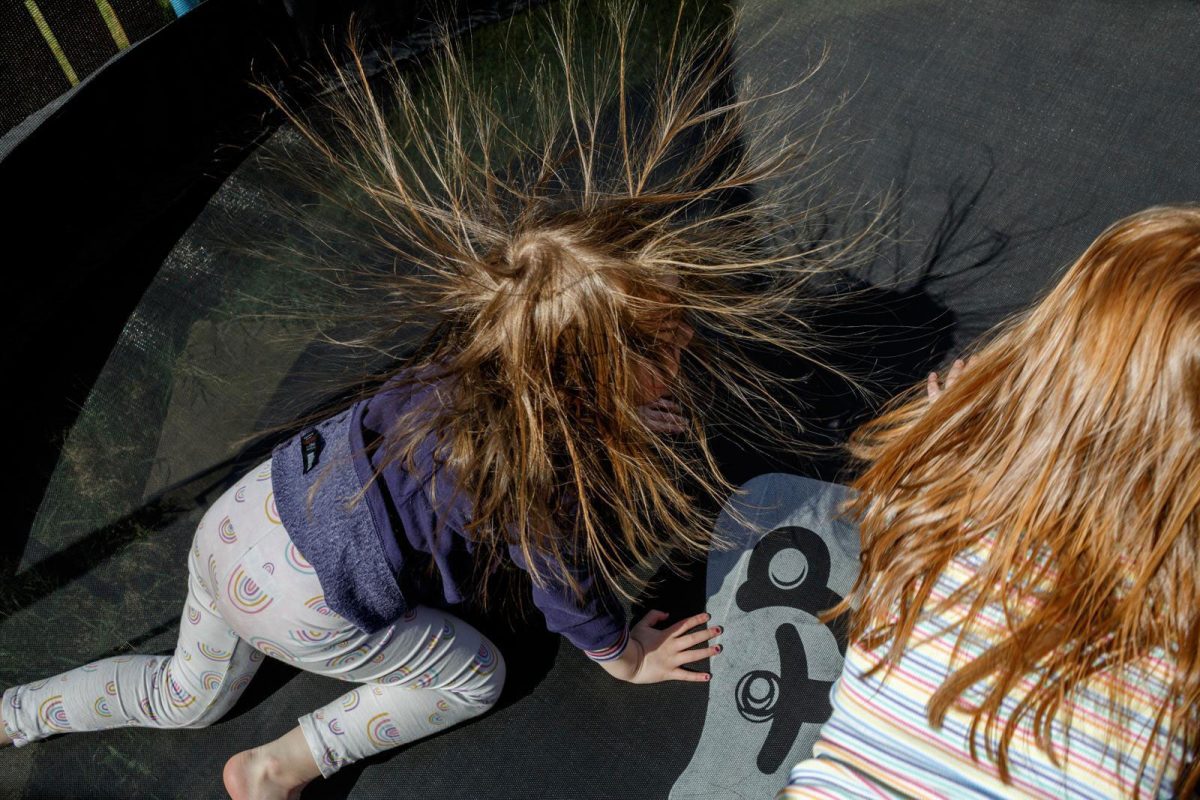
John Steel (UK) – Website / TiRF
“This is my top tip for photographing your OWN family. I used to be so bad at photographing them, it even got so bad that I had to put in my diary to (photograph my kids). During lockdown I wanted to spend time documenting my kids lives and capturing pictures that I will treasure for a life time.
This may seem obvious but my top tip is always have a camera with you and ready to go. I made a conscious effort to make sure my camera was always out, charged up, with room on my cards, no lens cap and always at arm’s length so every time I saw something I could just grab the camera and shoot.
If we were going for a walk, I’d always have my camera strapped to my Spyder belt so I could join in with the activities but when the kids were in the moment I could just quickly shoot something. The best part of this exercise was that my kids got used to me capturing them and eventually got so used to it they lost the ‘must look at daddy face’ and now I have got loads of pictures that I absolutely love. I’m going to get a few photo books made as I don’t want these pictures living on hard drives which is another top tip, print your pictures!” – John
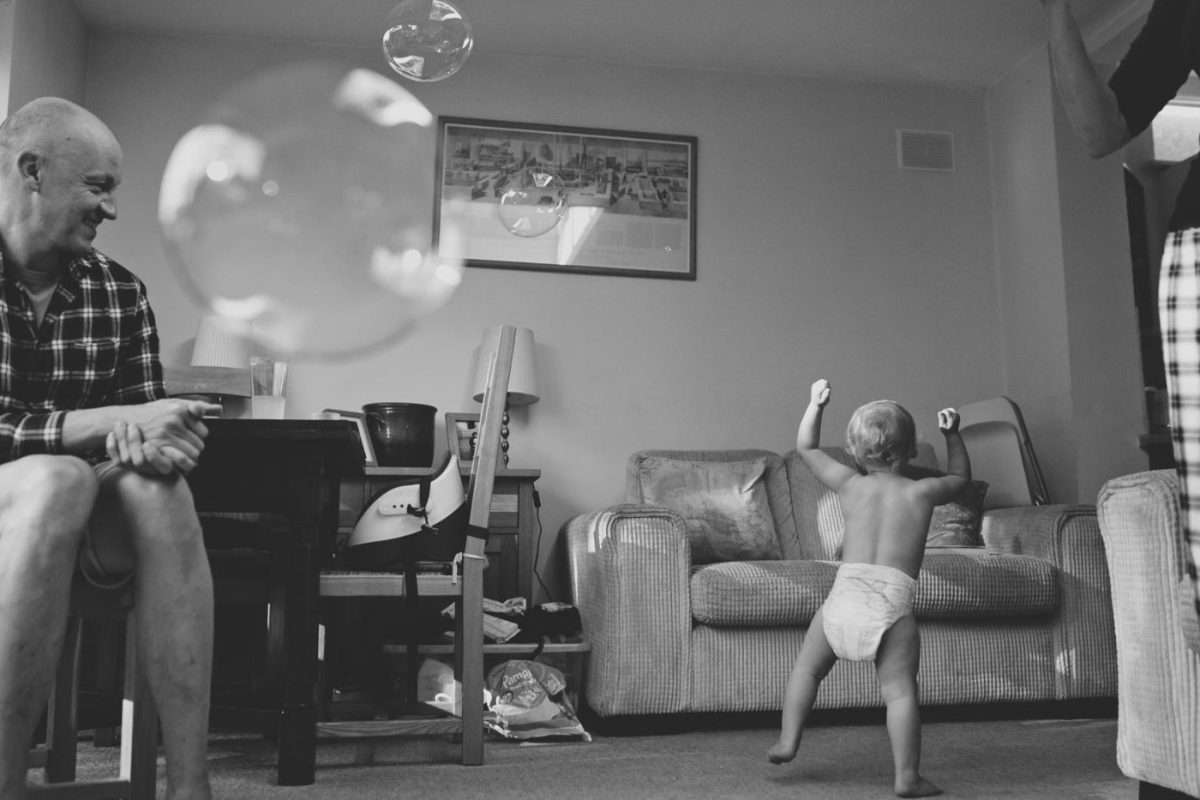
Victoria Mbewe (UK) – Website / TiRF
“1. Send a pre-shoot questionnaire
Before the shoot I find it so helpful to have some inside information to get to know the family. I find this helps in many ways such as, learning everyone’s names, their personalities, what things the kids are into and any special information the family would like you to know that may help during the session. Often people alert me to something such as a feature of themselves they are uncomfortable with or that someone may be nervous because of a skin condition. Something that sticks in my mind is that one mother told me her son is autistic and that he may be uncomfortable with the photoshoot. Through my questionnaire I also found out that he was a big Harry Potter fan. So as soon as I met him, I started to make Potter references, which opened up some trust. He went away to get some paper and wrote a contract Harry Potter style for me to sign so that I could be trusted. After that he willingly let me into his world, and I had no trouble creating a safe and fun photoshoot for them. Had I not had that info to hand though, it may have been a very different photoshoot and I would never have wanted him to feel uncomfortable.
2. Get to know the Children first
When I arrive at someone’s home I like to get down to the children’s level and spend some time telling them who I am and asking them questions (which I’ll have an advantage on with the pre-shoot questionnaire as I will know what they are into!). You can do this before you get your equipment out or whilst you are getting ready. The important thing is to give them attention and let them know you are interested in them and here to have fun. It won’t work with every child, but it usually paves the way to a smoother shoot. If they are comfortable with you then they will hopefully be themselves and not worry about a camera being there.
3. Don’t be afraid
I used to worry about taking pictures of children when they are crying or having tantrums etc. But now I make sure if this happens, I capture it! As a mother myself I feel that this adds beautifully to the story I’m capturing as parenthood is a rollercoaster of emotions and I want to remember it all! Obviously if they are crying, I’ll make sure they are not hurt and are being comforted by an adult, and I am subtle about taking the picture. I tried to take a picture of my 6-year-old crying during lockdown and she was SO cross with me and demanded I deleted it! (I saved one).
I also ask the parents if they are happy for me to take shots if the children are naked (baths, sprinklers, nappy changes etc) I won’t usually post these shots myself, but they might like them for themselves. Same goes with breastfeeding. Many people feel this is a very private moment, but nearly every breastfeeding mum I’ve met would actually love this documented (it’s a tough journey for many, and also very special). If you are not sure, just ask.
4. Same shot different angle
I often forget this myself, especially if I’m in the moment trying to catch something fun or an action shot! But especially during quieter times (such as a parent reading to their child, playing with Lego etc) I try to get the same moment from different angles. Front, back, birds’ eye, up-close etc. It’s a good way to challenge your creativity and you might start to develop your own personal style with the shots you find you prefer.
5. Have fun and be sensitive
It’s important you keep your energy levels up and to keep positive. If the family see you are having fun, they will feel good about the session. And if there are any mishaps, some gentle reassurance that it’s not a problem for you at all will help too. If you are a parent, you will know if your child starts kicking off at an event or in front of a stranger it can leave you with feelings of embarrassment and/or stress. Always make sure you factor in a little extra time for these moments to they don’t feel time pressured on top of the screaming!! If the parent(s) are really struggling just tell them you need to just check through your pictures or settings and leave the room to give them space. Perhaps focus on another child/pet etc during this time is possible. The parents will thank you for understanding.” – Victoria
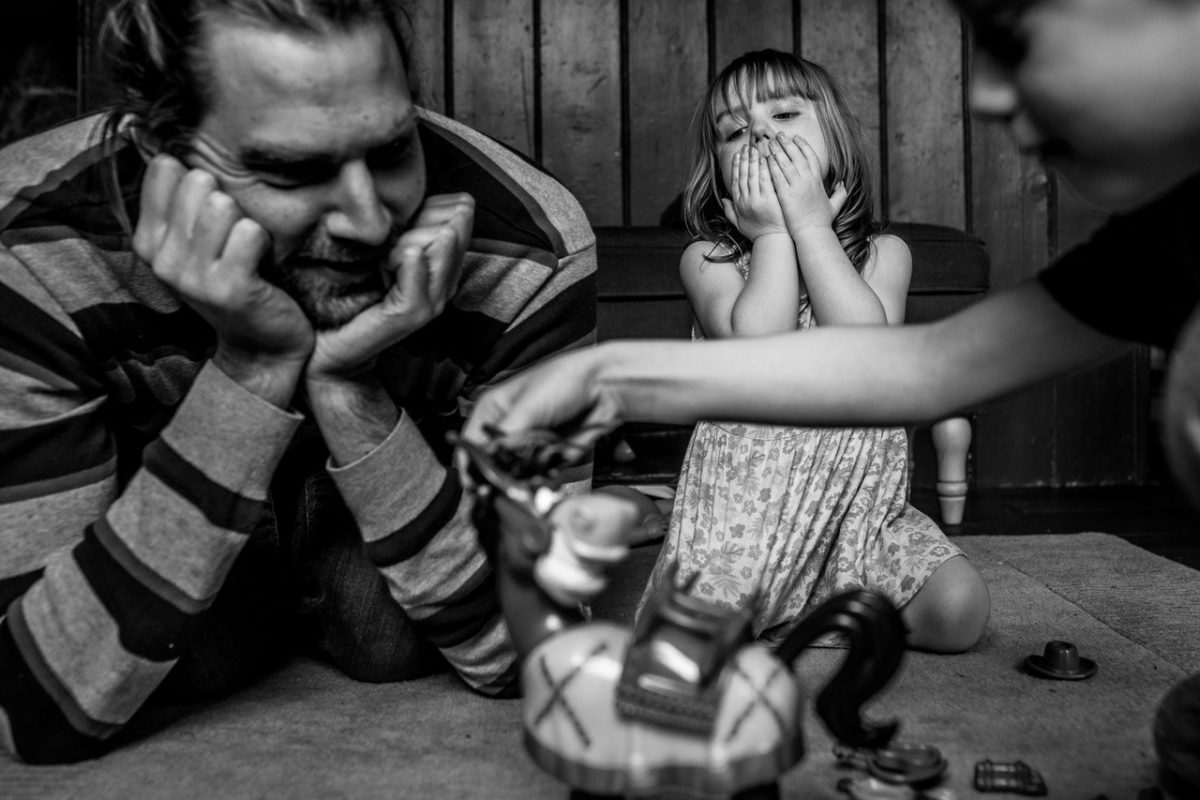
Erica Hawkins (UK) – Website / TiRF
“1) Avoid asking them to smile into the camera as much as possible. I think children are taught from a very early age that when a camera is pointed at them, they need to put on a nice big smile and look into the camera. The more they are asked to do this, the more they ‘perform’ for the camera.
2) Make your camera feel invisible. When I’m capturing families especially my own children, I like to use the back of my camera more than my view finder. The handy little flip screen on my Nikon D850 means I can maintain eye contact and engagement with the children, while I shoot from a lower angle.
3) Gain the trust of the family you are shooting. The more they feel comfortable with you, the more they will open up, so take the time to talk, play and observe.” – Erica
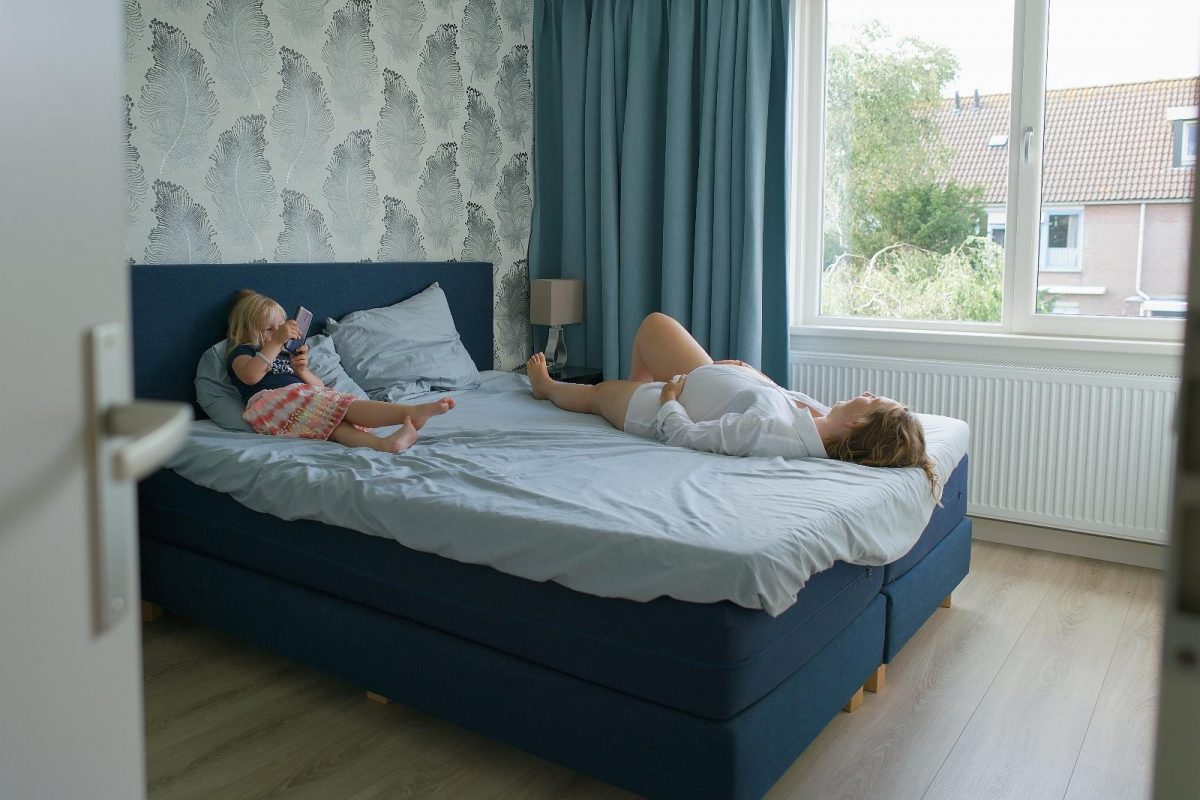
Kristyna Dopitova (Netherlands) – Website / TiRF
“I love to be a part of a family for a while. A day. I do mostly a “day in the life“ reportage. I am always so nervous before a shoot, but once I arrive and meet the family in real life, it’s all gone ☺️
I tell always that I’m a kind of a paparazzi: Don’t mind my presence, try to act like I’m not here.
Sometimes I must play with the kids for a while if they request it ? i just love it.
Mostly I search for a spot where I can observe everything. And I walk too much too. After everyone. It’s still a learning process to me. In the beginning I felt often that I’m too annoying, clingy or how do you call it… But then I thought I must be a little bit annoying and clingy and stuck my camera everywhere. I don’t want miss a thing. So I’m learning to accept this and not feeling bad about it, because it’s part of being a documentary photographer… I think.
I am just myself and that helps me. I love creating a whole story of a family. Every story is unique, every family is unique. So every time I adapt to the situation and go with the flow.” – Kristyna
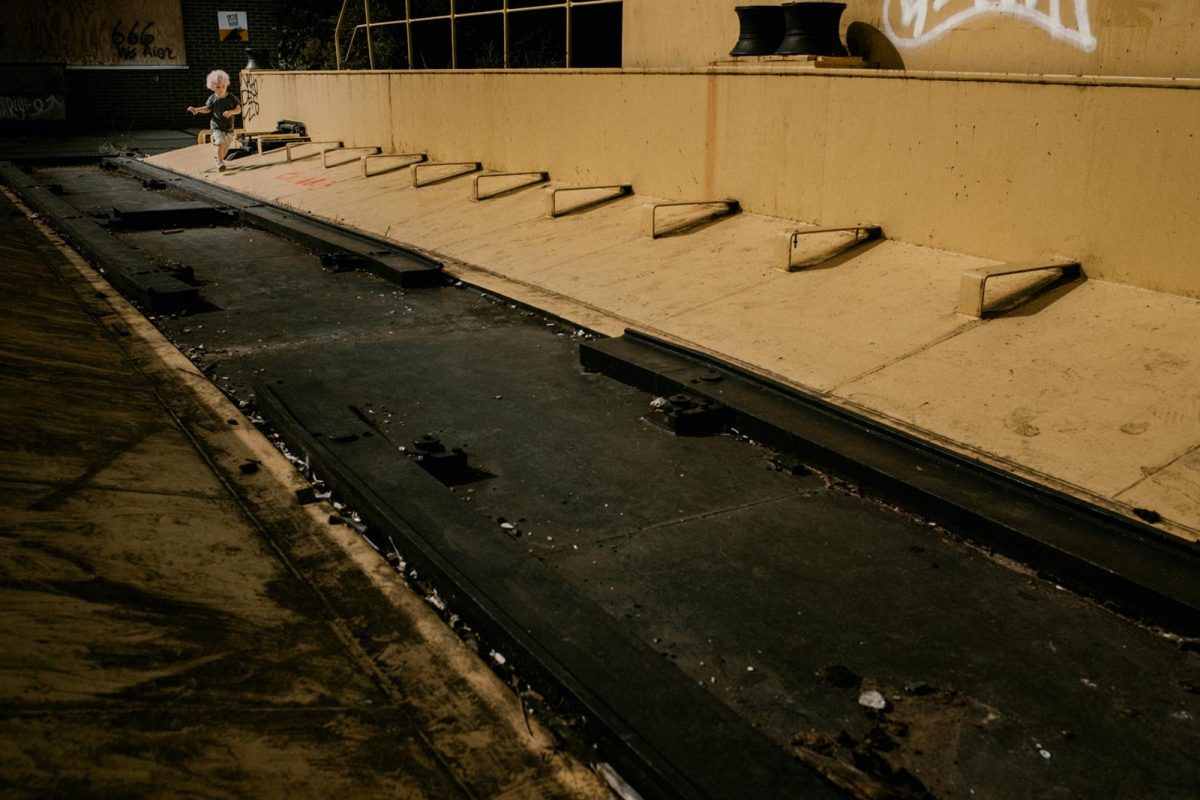
Tjeerd Paul Jacobs (Netherlands) – Website / TiRF
“Be fully aware of your energy moments before you arrive. Leave your camera in your bag. Be sincere, ask personal questions and most important, make contact with the kids as soon as possible. With the happy kid that doesn’t care about you and with the shy one that is a little intimidated.
Kids are curious. They’re always interested in gadgets. Especially those old cameras with a mirror. If you let a shy kid take a picture with your camera before you take the first shot of the session then you establish trust pretty quickly.
If you want to be a fly on the wall then your subjects need to be comfortable with you. It’s as simple as that. You can only hide behind their trust.
So focus your mind first and camera second.” – Tjeerd
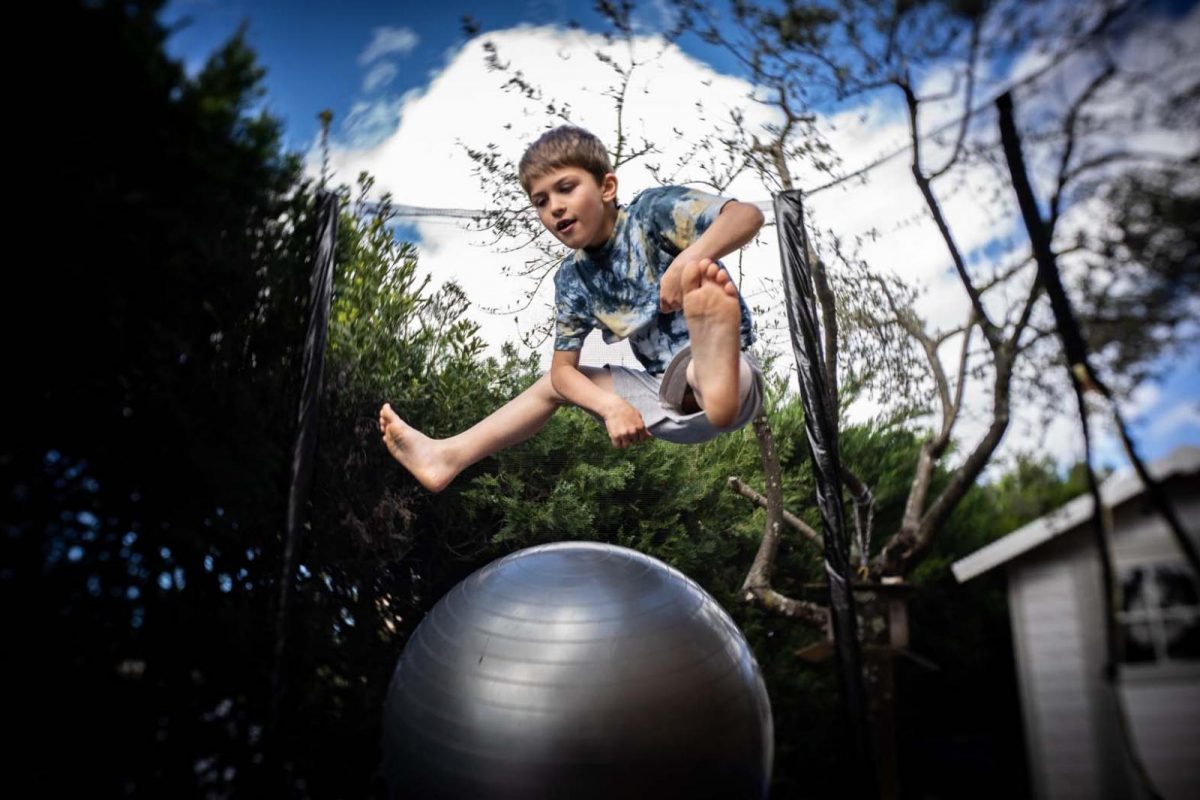
Gabriella Feyer (France) – Website / TiRF
“Leave your fears behind and be prepared. My main tip that helps me a lot during family sessions is to simply leave all my fears and insecurities behind once I step into the family’s home and let myself go with the flow. To achieve this, I make sure that I am well prepared before the shoot, both technically and mentally. I also assure that my gear is ready, my cards are empty (I always have a backup card with me), I have my lenses and my camera ready to use in my bag. Before the session I get in touch with the family to get to know each other better. We talk before the session and make clarifications about the shooting, I speak about my method, what documentary approach means, and we also discuss what their expectations are. I need to know the family, the names of the family members, a bit about their life and habits, their daily routine, their hobbies and interests, their way of living, and we talk a lot about the kids. We discuss what activities they plan to do while I am present.
Think about contact lenses. Another tiny technical thing that is important to me is the use of contact lenses. Though I wear glasses, I prefer shooting without them, so I prepare two pairs of contact lenses (one for the day and one spare pair) the day before.
Don’t let your car or your personal stuff be visible. I usually arrive to my clients by car but try to park a bit farther from their house to avoid having it in any frame. Also, I ask for a hidden place to put my bags and coat and any other personal stuff, so I can be pretty sure that none of my personal belongings are present in any picture.
Slow down. In my personal life I usually tend to joggle too many things simultaneously, I am constantly in a hurry and I keep checking my phone way too often. But I’ve learned that I really must slow down, clear my mind and be observant during the shooting. I shut the door to my personal life, switch off my phone and I am 100% there with the family.” – Gabriella
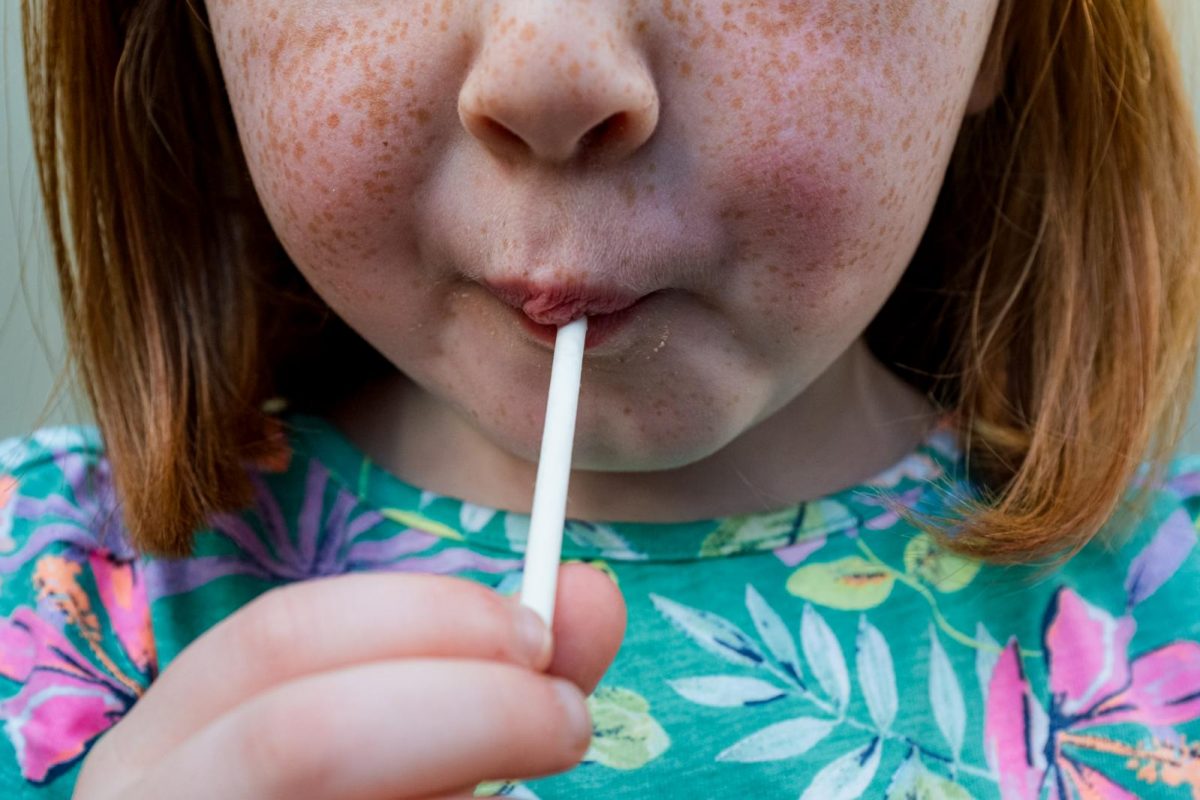
Johanna King (Ireland) – Website / TiRF
“When first starting shooting documentary, one of the thing most photographers struggle with is the fear of “missing moments”. It’s totally normal and it never completely goes away.
However, the sooner you accept that you won’t be able to catch everything, the stronger photos you will start making.
Slowing down will allow you to capture a better version of each moment you choose to focus on.
As documentary family photographers our work is not to capture a series of actions of what the family did that day, but show them our point of view, what caught our attention, what made us feel.” – Johanna
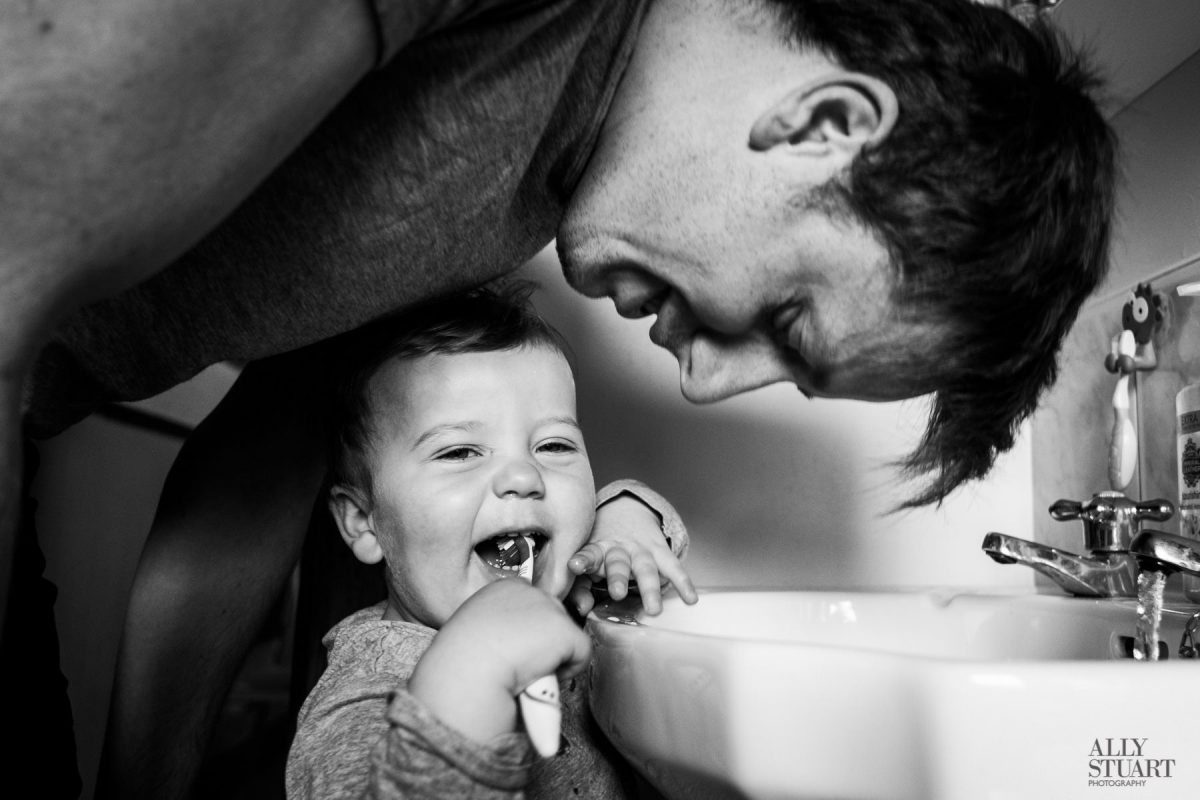
Ally Stuart (UK) – Website / TiRF
“Over a beer and Chana Dhall I asked my friend Helen Bartlett, queen of family photography, for some guidance. She said “Waterproof trousers and eat something”.
Sage advice from a legend.
Here’s my two cents:
Embedding yourself with the family from the word go is really important.. I chat to the parents days before and explain to both of them how I work. Ignore me from the second you open the door. If I can get the big people to blank me then the kids will too. After an initial interest in my shiny camera, they forget I’m there. I’m so boring. I don’t want them to interact and play with me. I’m not part of their childhood memories. My style of shooting means I’m right up in their space and I need to be invisible to them. Kids are shallow and within minutes will not be interested in me so long as I don’t show any interest in them.
Parents need to be part of this strategy. NEVER ask your kids to “smile for the lady”. Don’t speak to me. Don’t offer me coffee. I don’t exist.
A couple of pre-planned activities is useful. Finger painting, then bake a cake then do some weeding. Very simple things. Mum and Dad should realise that finishing the crafting or icing the cake to perfection isn’t important. Keeping the kids engaged is.
If they want to just chill for a bit that’s fine too. Just let them all do their thing.
Take a safe shot then look for a different angle. Watch and wait and wait and move a micro pixel until everything comes together and then wait again because it might just get better.
Never ever ever look at the back of your camera in front of the kids. Much too exciting for them and they will become performing monkeys and you don’t need that.
Kids are repetitive. If they do something once they will do it again and again. Remember where you are standing and what your settings are and wait and be ready until they go back to doing it.
Is it a sin to dump a pile of Lego near the window? Or ask parents to put the kids stools in the best light when they bake. Not in my world. But that’s as far as I’ll go with trying to control anything.
Follow everywhere they go. I was sitting on the loo in a tiny bathroom 5 mins after I arrived when I took one of my favourite shots. The Dad was totally onboard as I’d educated him first.
I love humour. Postural echoing can be really funny or it can be so touching. Look for tiny nuances of the different relationships.
I LOVE gritty Kirsten Lewis type work but unless you have the right clients they are not going to be saleable images.
Parents want photos of their kids being happy. A few tears and tantrums is ok but 90% smiles is what’s going to be hung on their walls. Your photographs will become their memories and nine out of ten clients are not going to invest in a set of pictures that make their family look like they are in a social services campaign. Keep that in mind if you want good sales.
Have fun and relax just don’t show the clients that your having fun until after the shoot when it’s fine to have a cuppa with them and some of the snot filled cake. You want to leave with them reflecting how lovely you are and buzzing from the whole experience.” – Ally
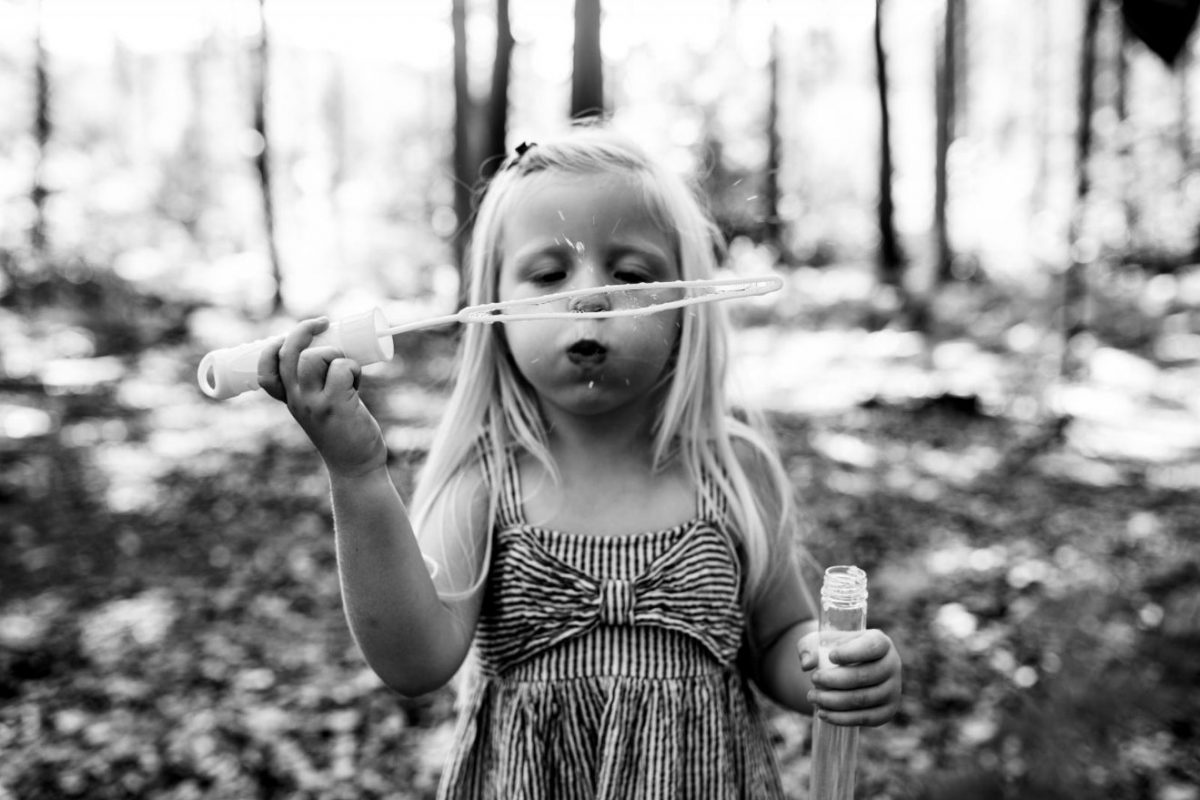
Matt Trott (UK) – Website / TiRF
“If photographing in home with young kids, make sure you allow time at the start to not photograph – sounds weird right – but I find young kids need to get comfortable with you first and also get comfortable forgetting about the camera. If I was to just start photographing I guarantee they would stop what they are doing, be inquisitive about the camera, look directly into the lens, ask about the shutter noise etc – all of which means you have kids looking directly at the camera and stopping what they would be doing naturally.
So allow time at the start (whatever your plan is with the family) to introduce yourself to the kids, get down at their level and explain to them what’s happening – if they are older than 3. This way the kids will quickly lose interest in who is this stranger, what is this machine you are hiding behind and crack on with what they are doing. If you do find a kid keeps wanting to “see the photo you have taken” – never show them the back of your camera and if possible try to have a camera with a tilted screen that you can hold at waist level so if they do talk to you or interact with you they will see your face (even behind a mask) and again ignore the camera.” – Matt
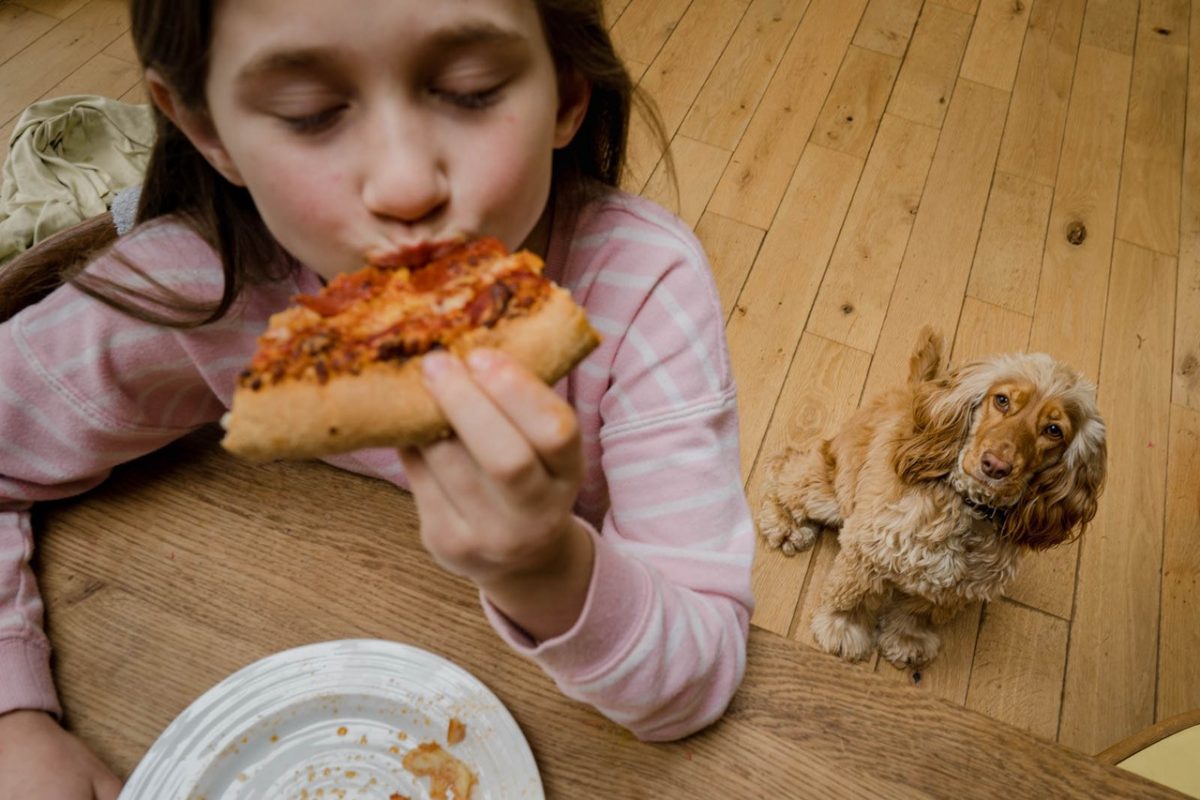
Emma Collins (UK) – Website / TiRF
“One of the main problems I come across when I’m working with budding family documentary photographers is understanding the difference between lifestyle and documentary. It’s a fledgling genre in the UK and Europe and many photographers don’t even recognise the difference, so there is a lot of work to do in terms of education to make sure that the industry and clients understand.
Documentary is all about capturing and celebrating real life, not a perfect manufactured version of life. This doesn’t mean that images need to be weird, homes don’t have to be messy, but it should be natural, undirected and not set up, otherwise it doesn’t ring true. Nothing is more frustrating than having clients that are pre-conditioned into how they think a photoshoot should be, they think they have to wear certain clothes and have a tidy house, they are often very camera aware and without realising it they perform for the camera and behave in a way that they think they should behave rather than getting on with life and letting things happen naturally. So through no fault of your own the scene that you are photographing starts to look like a planned lifestyle set up rather than real life, this is why educating your clients is so important.
Right from the outset, spend time speaking to clients and explaining at every opportunity what to expect, what documentary is and why it’s so wonderful, and get them excited about it. Pay careful attention to the images selected for website portfolios, the sessions shared on blogs, the photos posted on social media, this way a subliminal message is threaded through everything that a client sees, hears and reads. Don’t post anything that blurs the lines and dilutes the concept of documentary that you have worked so hard to cultivate, this might mean you don’t show any images from some sessions, but that’s ok.
As a strong body of images is so important, so if this is something you are struggling to develop I would recommend arranging some longer portfolio building sessions that have no strings attached and you can shoot exactly what you want without the added pressure of having to deliver for a paying client. The longer your sessions are the less self conscious your clients will become, they will relax more and forget you are there, or at the very least forget that you have a camera. This is when the magic moments start to unfold, providing you with a wonderful selection of images that illustrate the full spectrum of daily life from morning until bedtime, which will in turn help you to show potential clients the beauty of the everyday.” – Emma
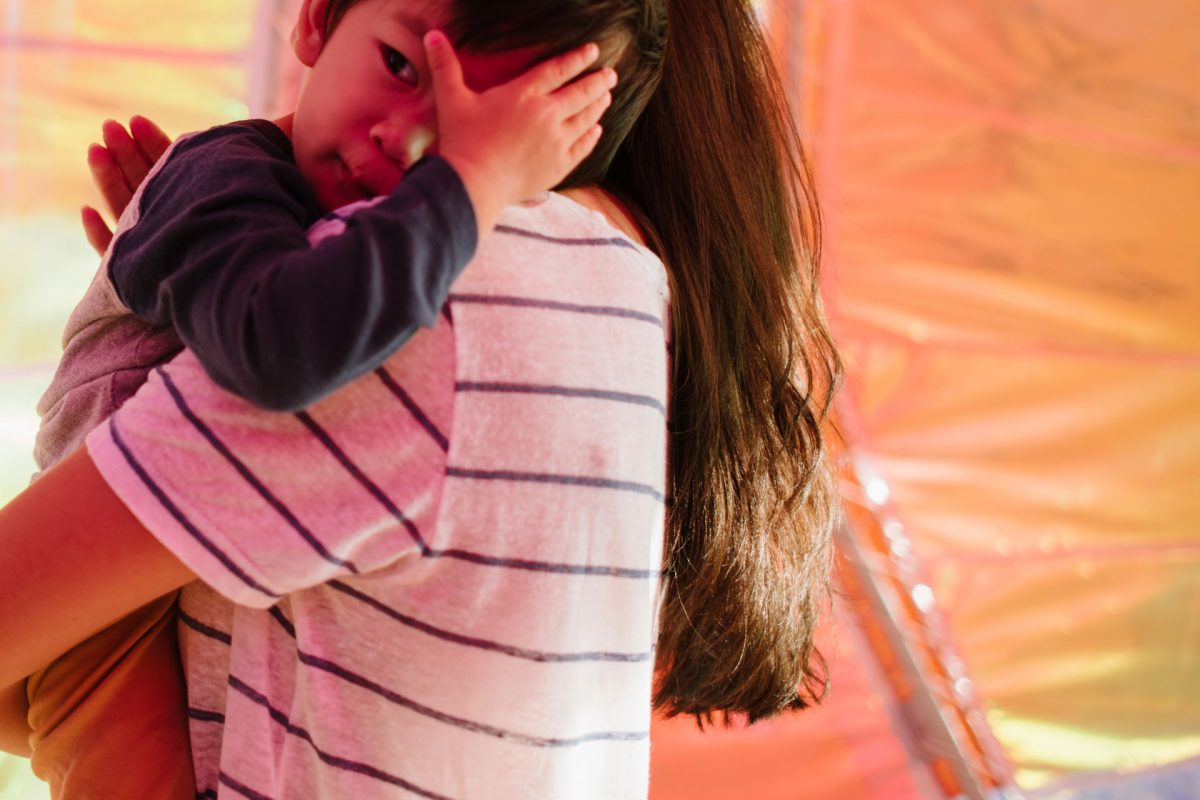
Tiffany Luong (United States) – Website / TiRF
“Perspective is everything. Not only the perspective that’s foundational to good composition, but making images from the perspective of the parent and of the child. When I’m photographing, I’m thinking about what the mother wants to remember about her child at this time, and what the child sees from his point of view of what the world looks like. That’s what informs how close I get into the action to get a sense of how each person is feeling or how far I pull back to make a tableau of this time.
I like to think about what details an author might include in their narratives to build an entire story arc or character profile and try to make photos that visually add to the collective documentary story of who this family is, what their values are, and how they love each other. This is what makes this entire genre so entirely special, in that these are story portraits that are shot in reportage but intended as memoir.” – Tiffany
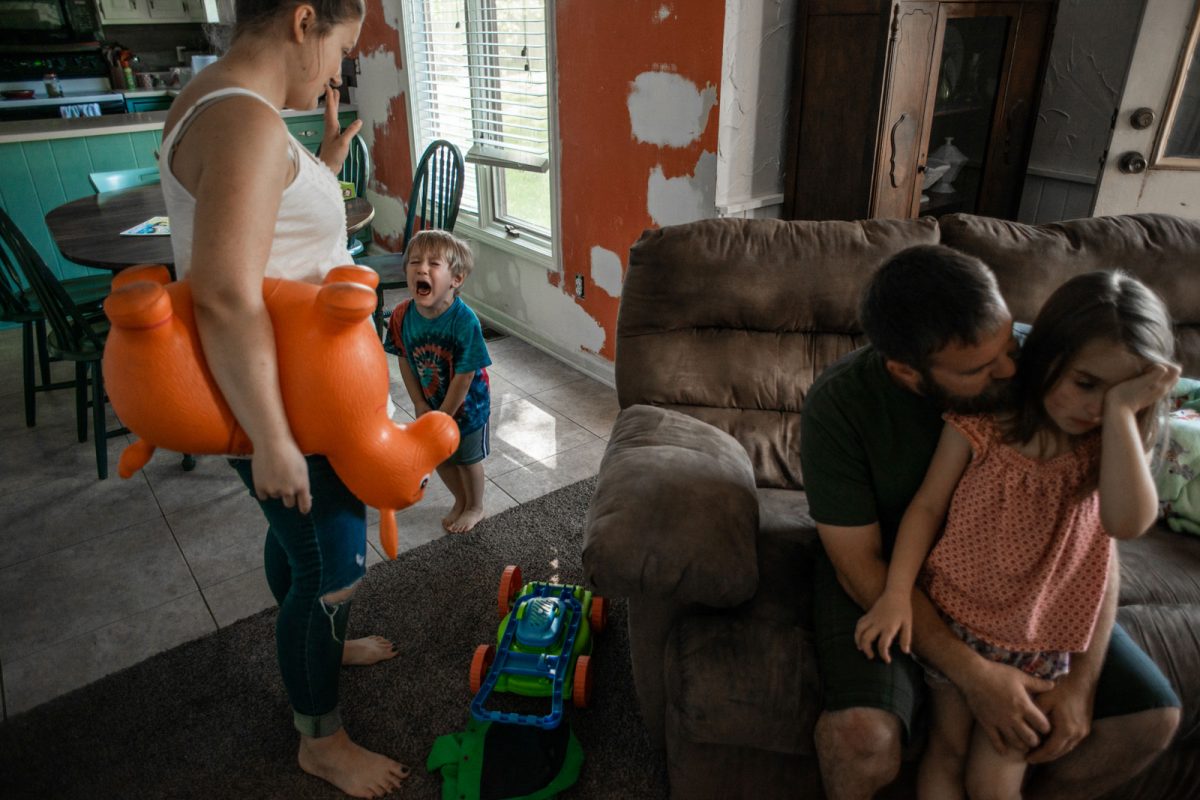
Nicki Navarro (United States) – Website / TiRF
“My tip is about quality over quantity.
When you have a family watching you all day, it’s easy to fall in to the habit of constant shooting. I’ve certainly been in situations where there is absolutely nothing going on and yet I found myself shooting. I didn’t want my clients to think I was taking a break or that I wasn’t working hard enough.
Over the years I’ve learned to set up the expectation ahead of time that I won’t be taking photographs nonstop for the entirety of the session. Remember, we’re weaving together a story not creating an archive of their every move for the day. I give myself permission to put my camera down and bond with the family. Using the down time to develop rapport will give you more access when things get interesting.” – Nicki
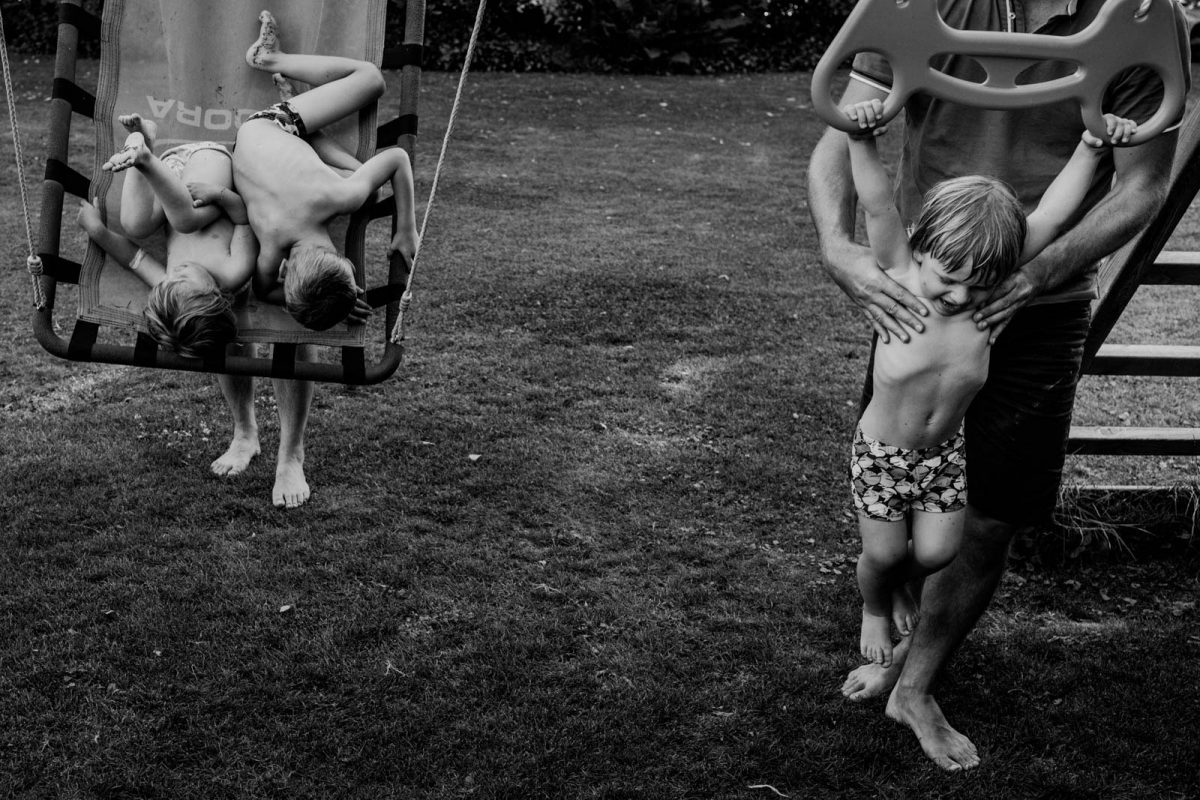
Ana Backhaus (United Arab Emirates) – Website / TiRF
“BE PERSONAL, CONNECT:
On the documentary approach the story as a major focus and I truly believe the more you know about your subject the deeper you can go to tell their story. For me it’s truly about being personal to the subject I am photographing. It’s to have my artistic eye, the story in the back of my mind at all times and constantly look for ways to better illustrate it. This doesn’t mean that it always works out but perseverance and persistence are also top tips in this type of photography. Don’t give up easy and keep on trying; maybe you’ll be surprised.
SLOW DOWN AND BREATHE IT ALL IN:
In documentary photography the reality in front of us can be quite overwhelming. We can have a lot of activities going on at the same time, several stories at same time and we are only one person. I personally find this, one of my biggest challenges, to slow down and breathe it all in. It’s very important that we manage to do it though, because when we pause we can see the bigger picture. This also means sometimes, that we have to choose and prioritize because maybe not all the stories have the same impact to the whole story and sometimes, we might do the wrong choice, but that’s the risk we take when we choose to do documentary.
BE READY TO EXERCISE MENTALLY AND PHYSICALLY:
Somehow this is maybe one of the reasons why I love this genre so much because it challenges me so much. When I am photographing I try to be in very comfortable clothes and well rested because documentary type of photography can be draining mentally and physically. Being ready to anticipate, running after, getting close, getting far, going up, going down, going into it, laying flat, I can see already a lot of exercise in here. To express what we want to say we can’t stay only in one place, we have to move around and try best ways to say it. On top of it all, your brain never stops working, it’s in constant motion and always looking for best ways to translate what we want to tell into one image. I found it amazing but exhausting at same time.
LOOK FOR THE LIGHT:
The light truly can change the way we communicate our story so it’s truly important that we work with it in our favor. It’s a goal for me, light, light and light, it’s almost like a mantra, no matter if it’s harsh or soft we have to work around it in our favor, it as to contribute for what we want to say and for the story we want to tell. Always look for the light.
BE OPEN MINDED:
This is another reason why I am so passionate about this genre, because it forces me to let go and free myself. Always have an open mind, expect the unexpected and embrace it as it is. When we choose the documentary type of photography we know that a lot of things are out of control and sometimes, that can be challenging to manage because it can be frustrating. The truth is, if we have an open mind about it, we might be able to go around this frustration and use it in our own favor. Having an open mind for problem solving is half of the way done for the success of those unexpected situations.
In the perfect world we would want a perfect light, we would want a handful of moments to document, a perfect environment and so on, but that’s not what this genre is all about. Our compromise is to tell the story of our subject in the most meaningful and respectable way and that means a lot of times to leave our comfort zone, find “perfection” in the “imperfection”.” – Ana
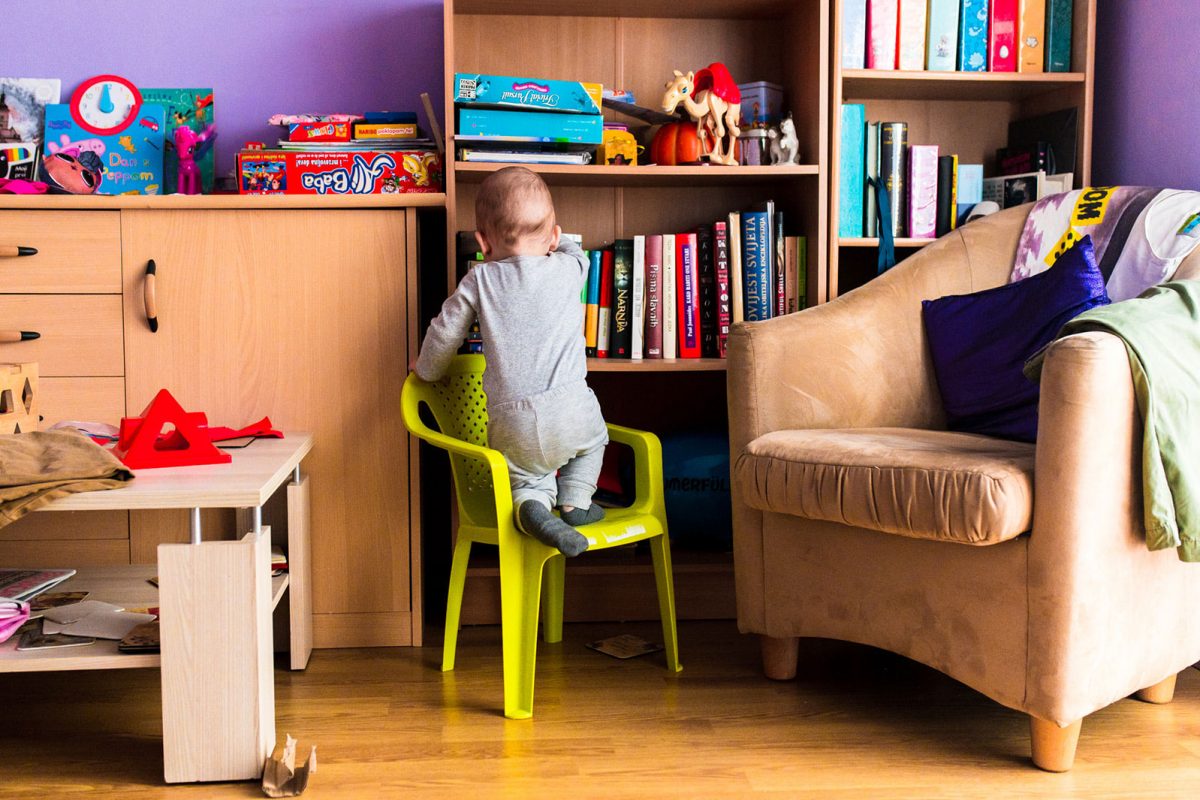
Ivana Aleric (Croatia) – Website / TiRF
“There is a fine line between life and death, between truth and lie, laugh and cry, safety and danger.
When it comes to documentary family photography, you are probably going to experience a lot of fine lines like afore mentioned. Is your point of interest somewhere where the opposites overflow? When it comes to dangerous or any kind of inconvenient situations, will you interfere? Will you push yourself more up front or pull yourself out of it? Does your choice influence the moment? Does it tell a story in impartial, as it is way?
Documentary family photographer has a lot of questions to answer (to himself). Whatever you choose is a representation of yourself and the story you are composing. Just make sure to avoid any misunderstanding with your client about the responsibilities – you are there to photograph.” – Ivana
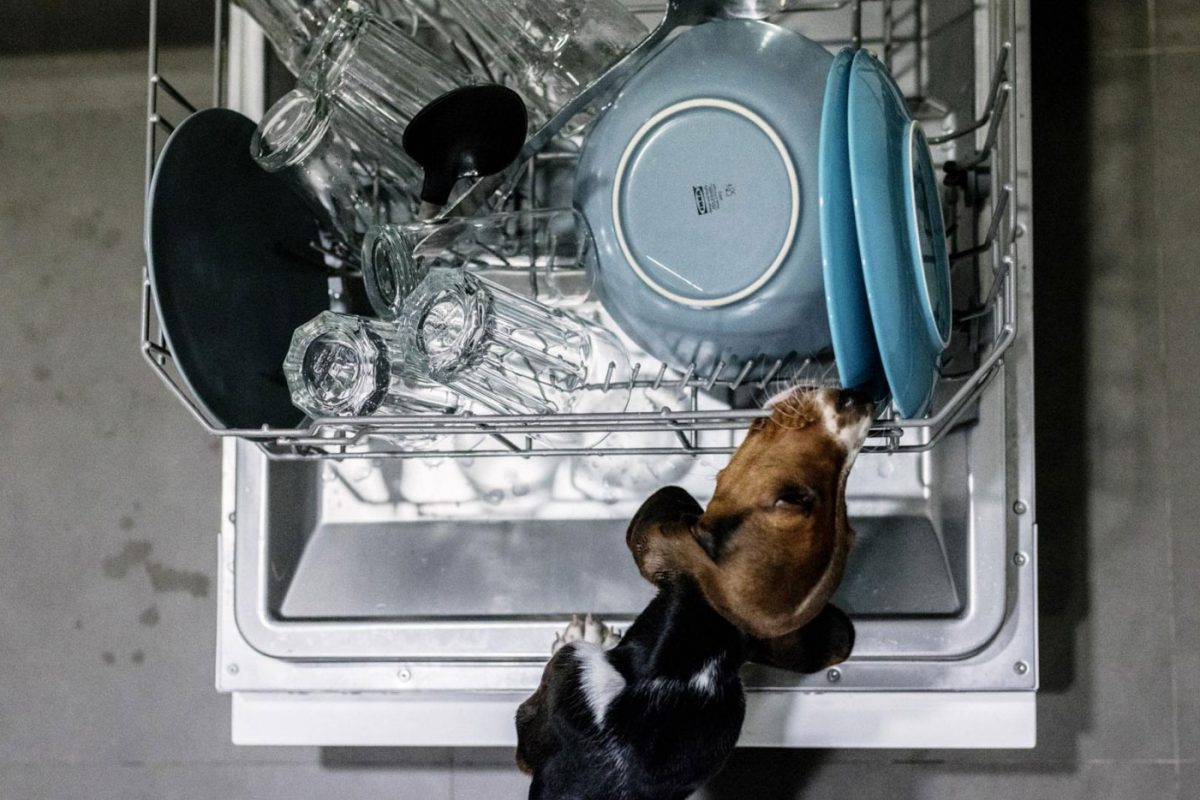
Angela Azevedo (Portugal) – Website / TiRF
“When the right song starts, and I mean a proper jam, we all start moving and yet no two people move (or dance, if we are feeling brave enough) the same. There will be moments where we are in sync and moments where each person is doing its own thing.
The same way, every family lives to the beat of its own drum, its jam. The energy, the connections, the silence… On any given day, there are iterations that repeat themselves, a bit like a chorus, as well as incredible improv solos just burst in. This comes unknowingly to all of us as members of a family, but it soon becomes apparent to us as documentary family photographers.
Why am I rambling on about dancing and music and how is this a tip for documentary family photography? Because, same as in dance, this imaginary beat will give us a thread to follow and understand. Some behaviours will be repeated, and if we know that we can prepare for them and have the technical part secured at its best when it happens. If we almost get it the first time, we can absolutely get it the second time around.
On the other hand, we all live to capture the unforeseen moments, so… Can we predict the spontaneous? What I am conveying through this image is that we can get closer to it. Dancers (real dancers, rather than the random mover such as myself) have preparations for each movement, breaths they execute to enter, link, or exit movements. So do all of us. Especially kids. We just need to be looking for them.
If we can stop for a few minutes, and realize that every time we are given the honour of entering a family’s life we are actually watching an amazing show unfold, we might be able to slow down our shutter-happy finger, observe and channel the music in a savvy and effective way.” – Angela
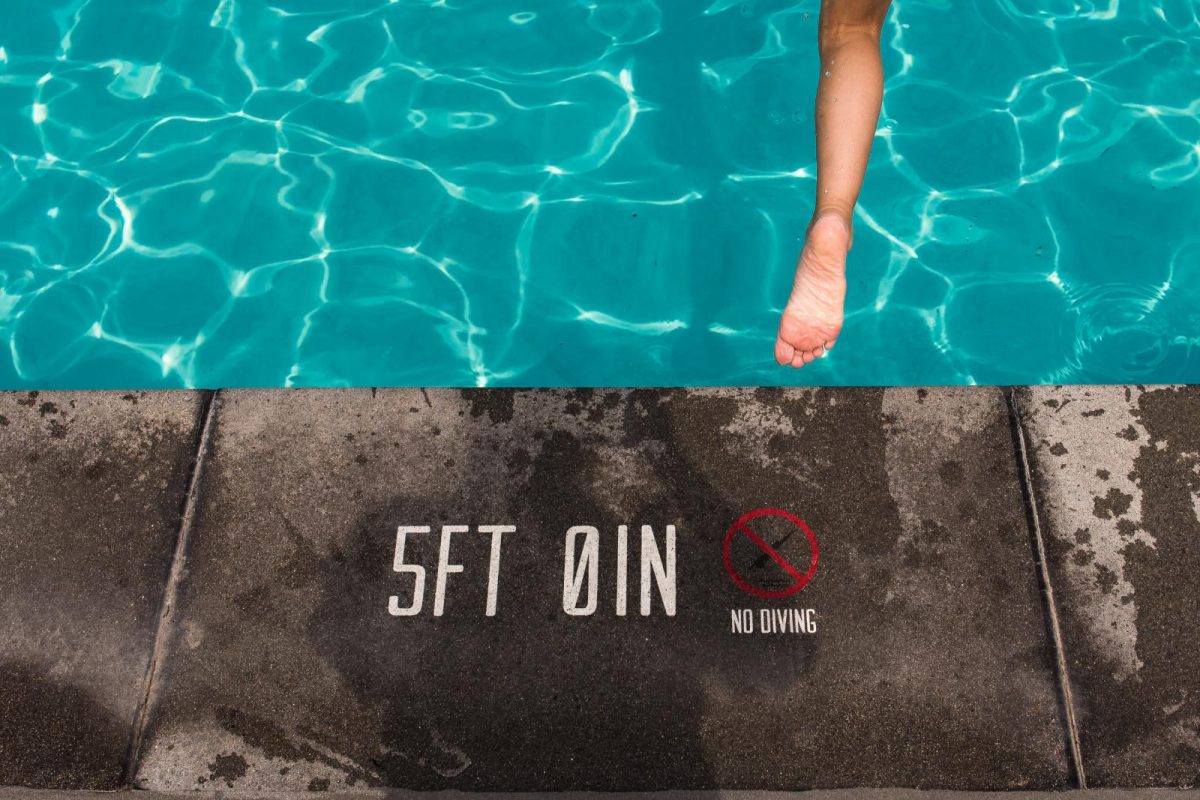
Lisa Hu Chen (United States) – Website / TiRF
“The top tip I live by when I document my own family: check all corners of the frame before pressing the shutter.
This rule of thumb works best when coupled with other important rules: Wait. Check corners. Micro-compose. Check corners. Breathe. Check corners.
It sounds simple, but oddly isn’t. It requires patience, discipline, and calm focus on slowing down. Rather than jumping from one shot to another frantically, resulting in frames of marginal quality, slowing oneself and focusing on all the elements in the viewfinder and the subject matter, consistently creates a much more layered, complex picture and richer storytelling image. And, it’s all framed with intent.
If the foundation of a good documentary photo is based on composition, the ability to micro-compose within its larger framework is critical. What is micro-composing in this context? It’s the tiny adjustments of the elements within the frame made by the physical shifts of the photographer’s position. One slight tweak of the viewfinder to the left or right can be the difference between a person morphing unnaturally into a building versus a crisp profile against a clean backdrop. Checking the corners of the frame allows for a grand sweep before the shutter is pressed and guarantees the inclusion of crucial components or, conversely, the exclusion of trivial parts.” – Lisa
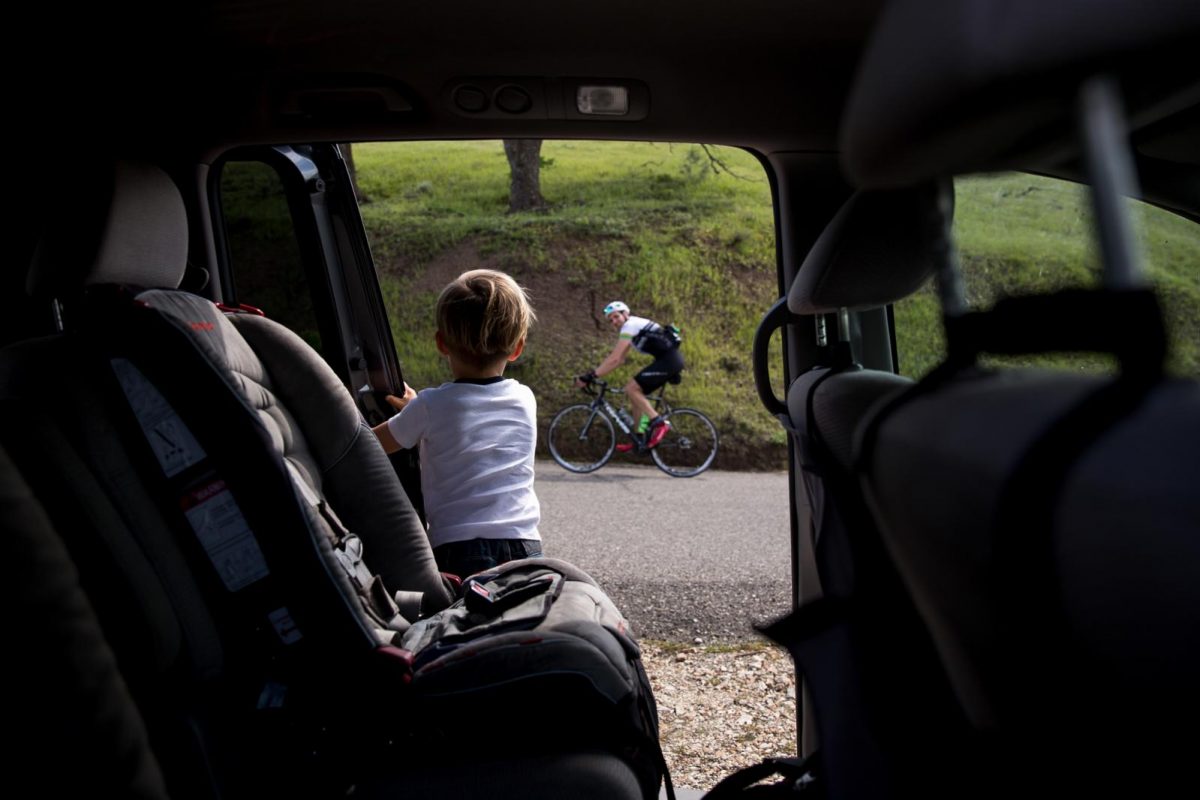
Loren Haar (United States) – Website / TiRF
“For me, the number one tip in working with clients on a documentary session is that I clearly communicate that it is not a “fly on the wall” scenario. I will definitely be interacting with them, talking and communicating with them throughout the day. What’s different from a lifestyle session is that I will not be directing them or posing them at all. I will not be staging the room or picking the location or adjusting the light. It’s very important they understand that I am there to photograph them being themselves. Of course this is difficult to do when someone is there photographing you the whole time!
So I want to be sure I establish some rapport and comfort with all the members of the family first before I step back from being involved in the moment to then photograph it. It may seem like a subtle distinction, but it is everything.” – Loren
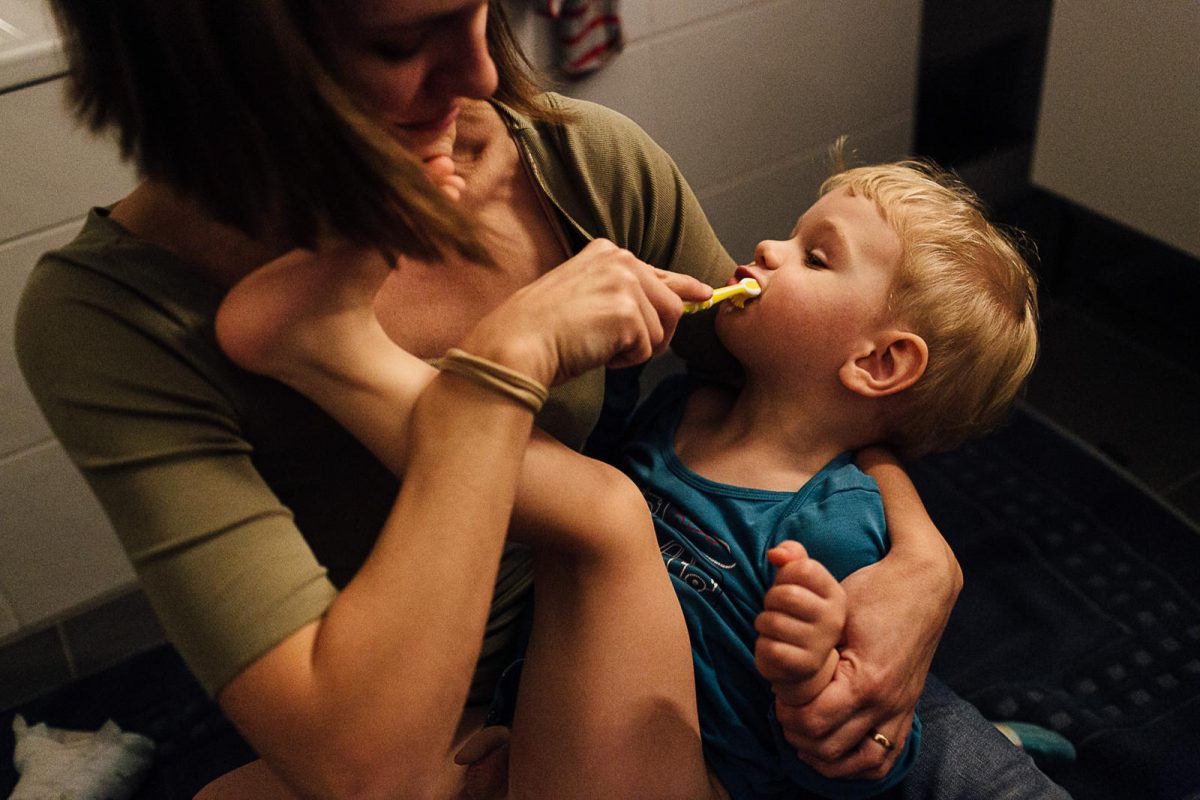
Karolina Horner (Austria) – Website / TiRF
“My one advice, which I consider as the most important for me, is:
always ask yourself: “what is most interesting about this scene for me?”. This question helps me a lot to not just make a photo of a scene, but really work on the story and bring my very personal point of view into the photo.” – Karolina
*************************************
Thanks to some of our members for sharing such a wealth of documentary family photography tips and advice!
If you’re looking for a family photographer, check out the photographers above, or browse our entire membership.
Photographers, we’d love to have you with us. There are so many benefits to membership, including lots more educational opportunities – we only just launched on July 1st 2020, but we already have 2 hours of exclusive educational videos for members in our family photography tips section, with more to be added regularly.
Members also receive 60 Reportage Family Award entries per year (for the best individual captures) and 18 Family Story Award entries per year (for a series of 15 – 20 images of a single family; celebrating consistency, creativity and storytelling). Deadline to submit to our next round of Awards is 23:59 BST on 23rd September 2020. Apply to join us to submit.
That’s not all, though, as our members also get an unlimited number of images on their profiles, access to exclusive discounts/deals on family photography related products/services, access to our members-only Facebook group, invites to our meetups and parties and much more. See all the benefits and join us.
